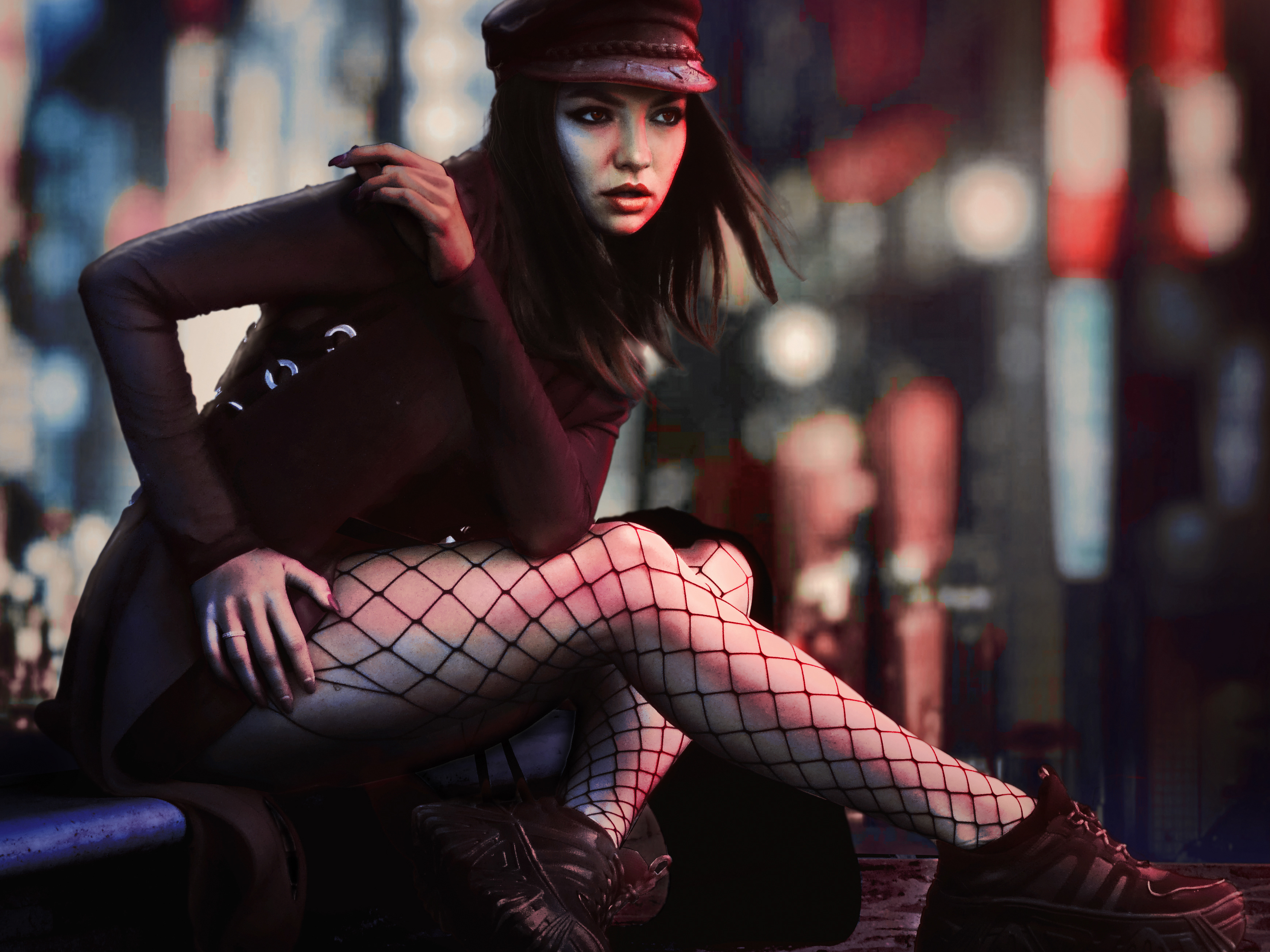TRANSMUTATION OF KORE
Photography
Photo Edition
Digital Painting
Nude Art
(Instagram Portfolio: @davidjr.pro)
(Personal Instagram Account: @desconfusao)











MY JOURNEY OF VISUAL REFERENCES
FIRST SKETCHES

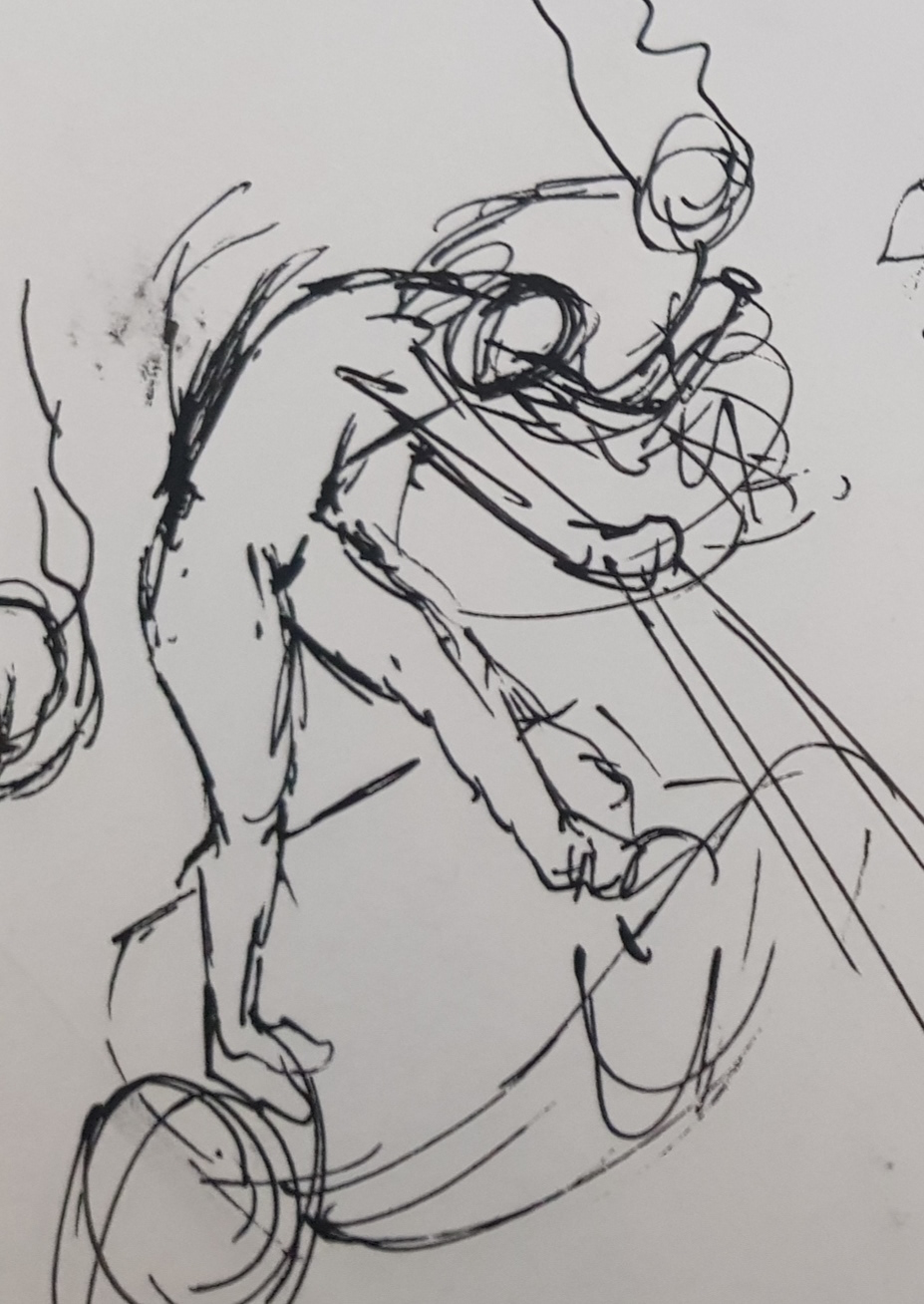

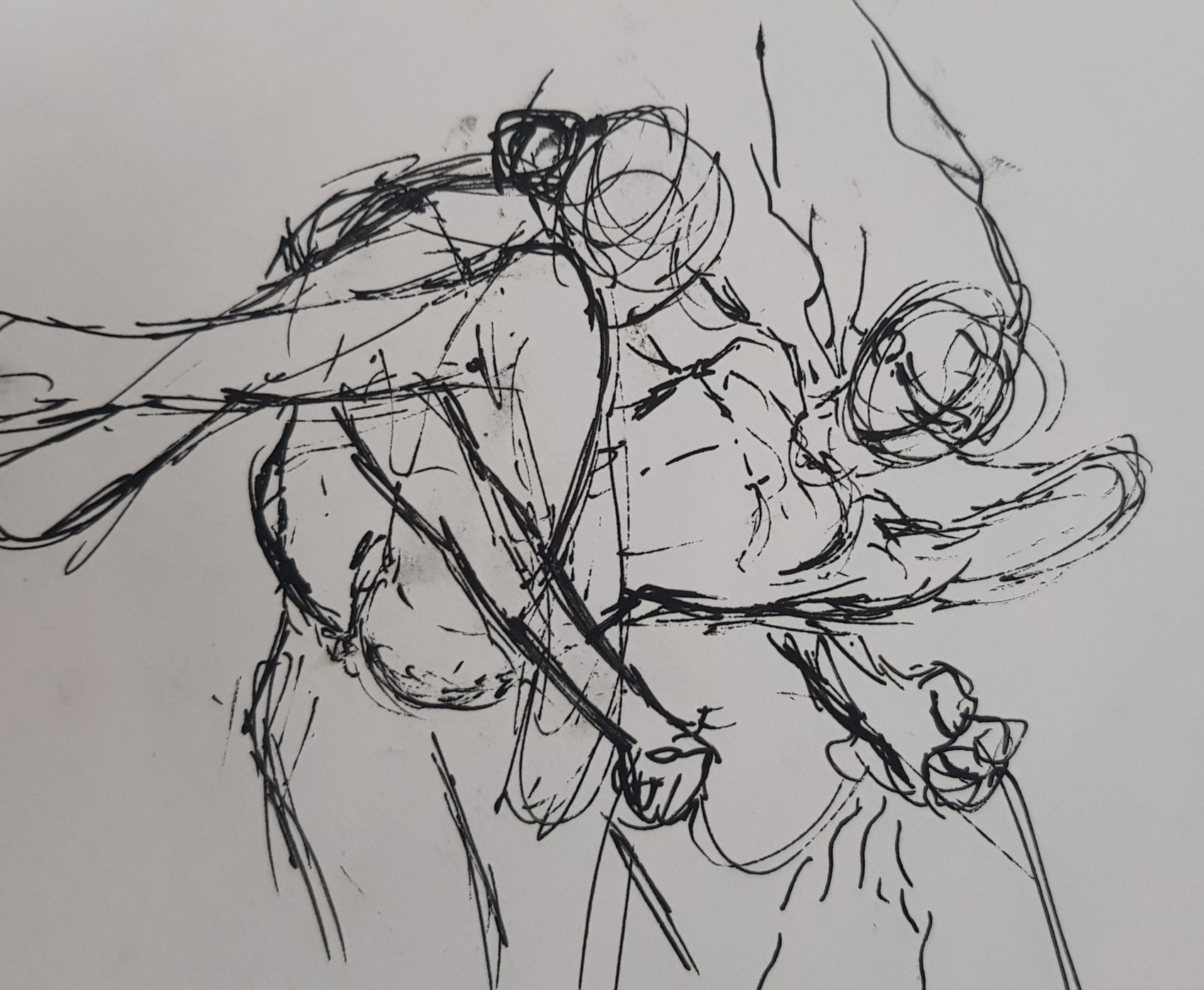


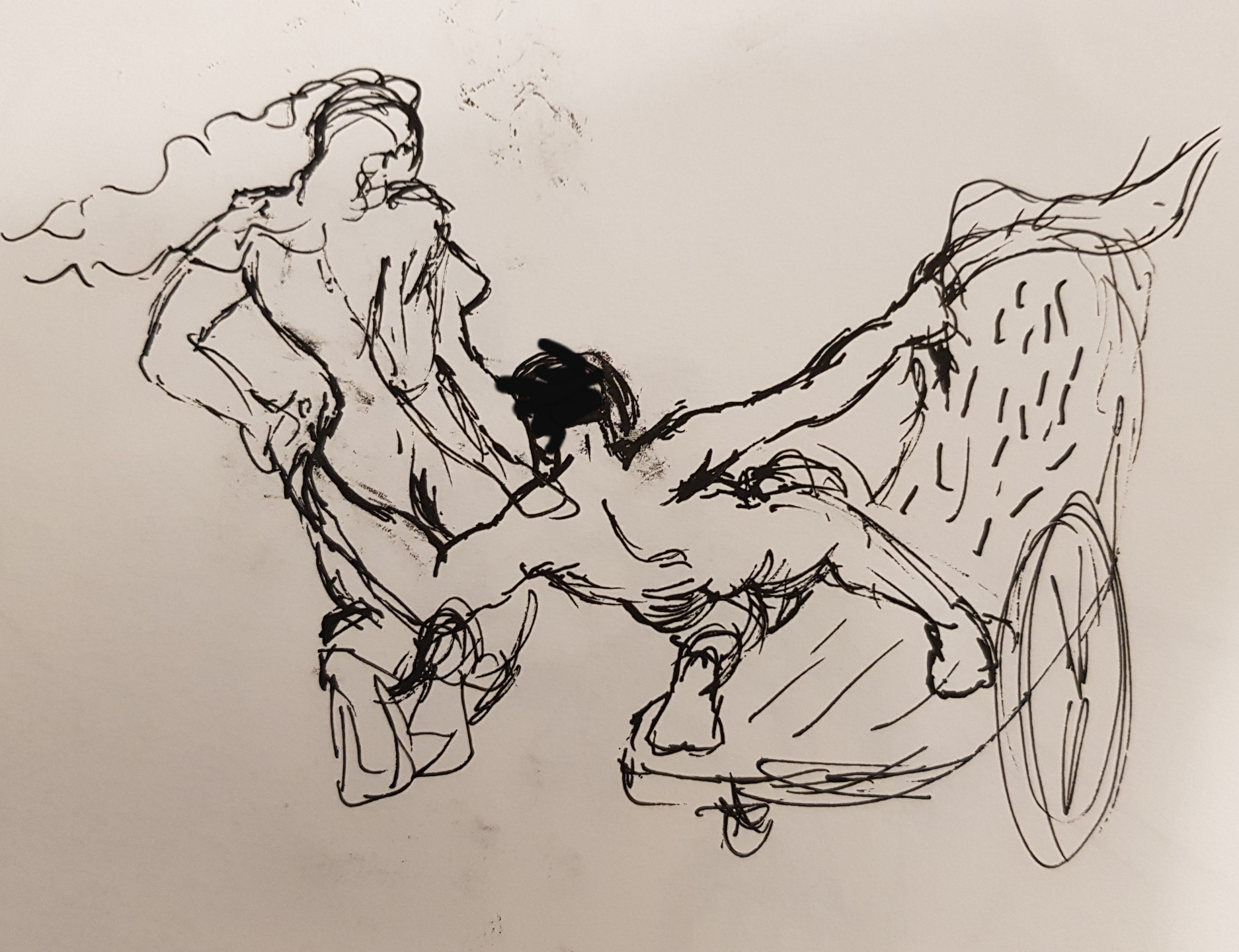

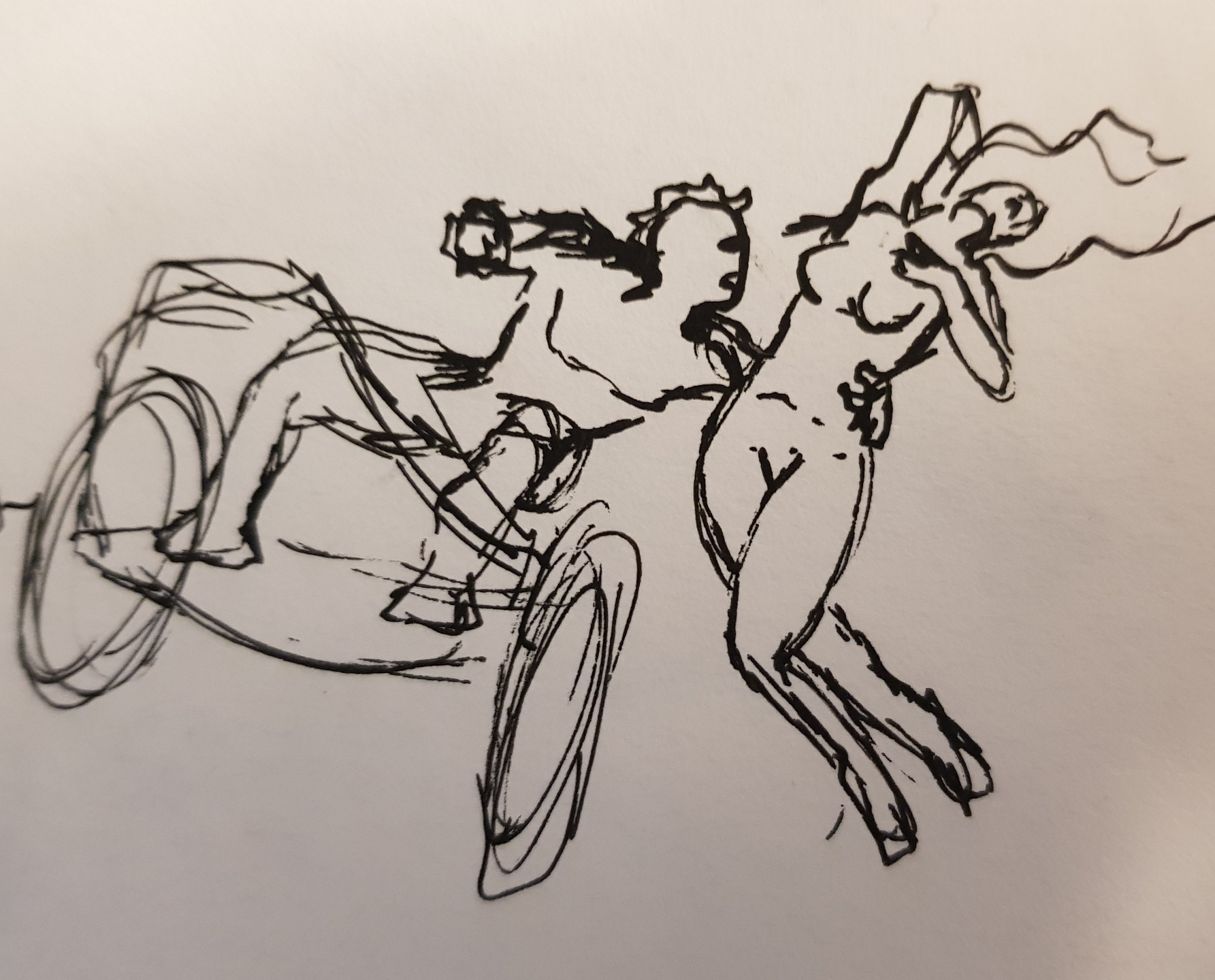

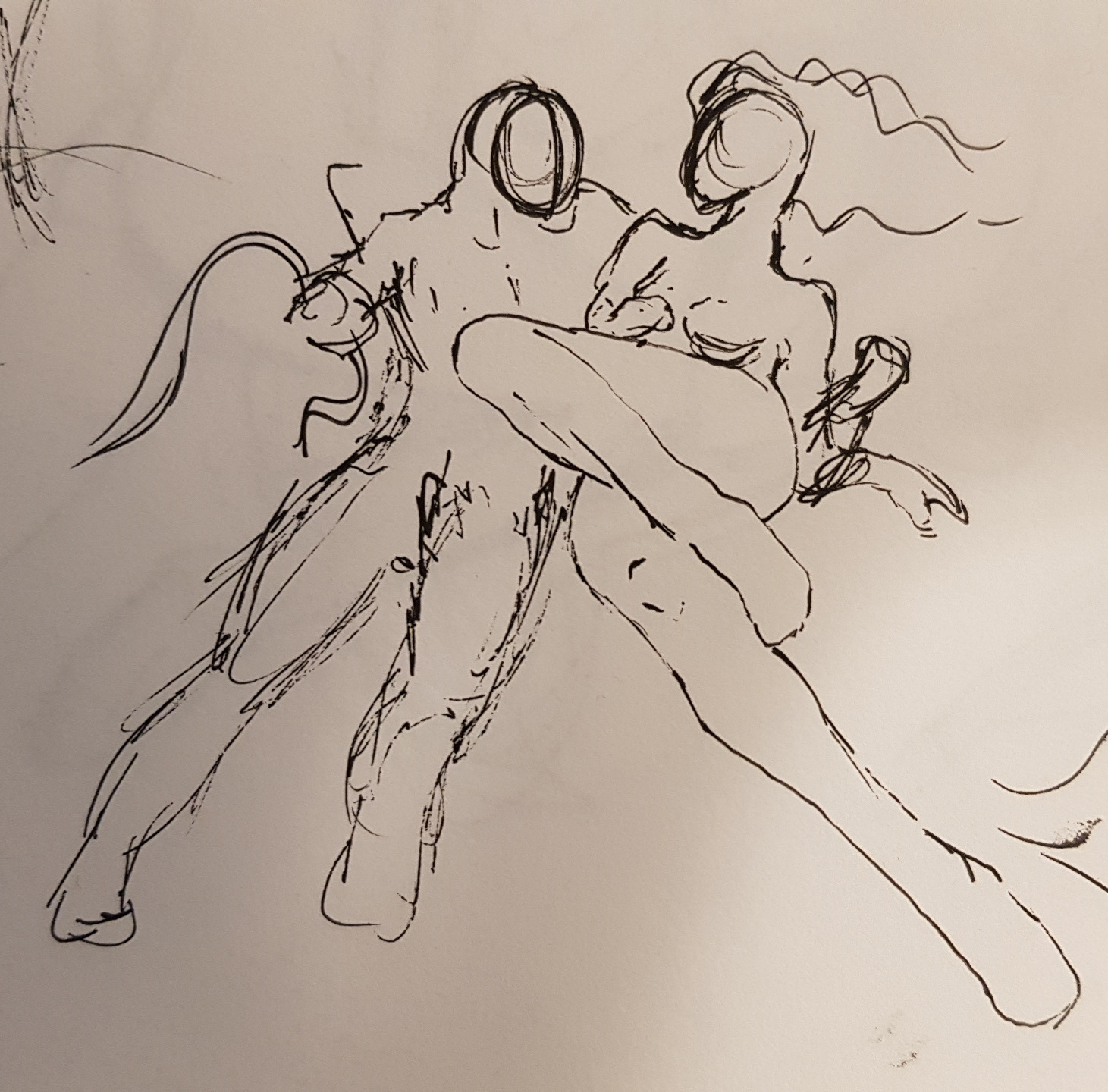


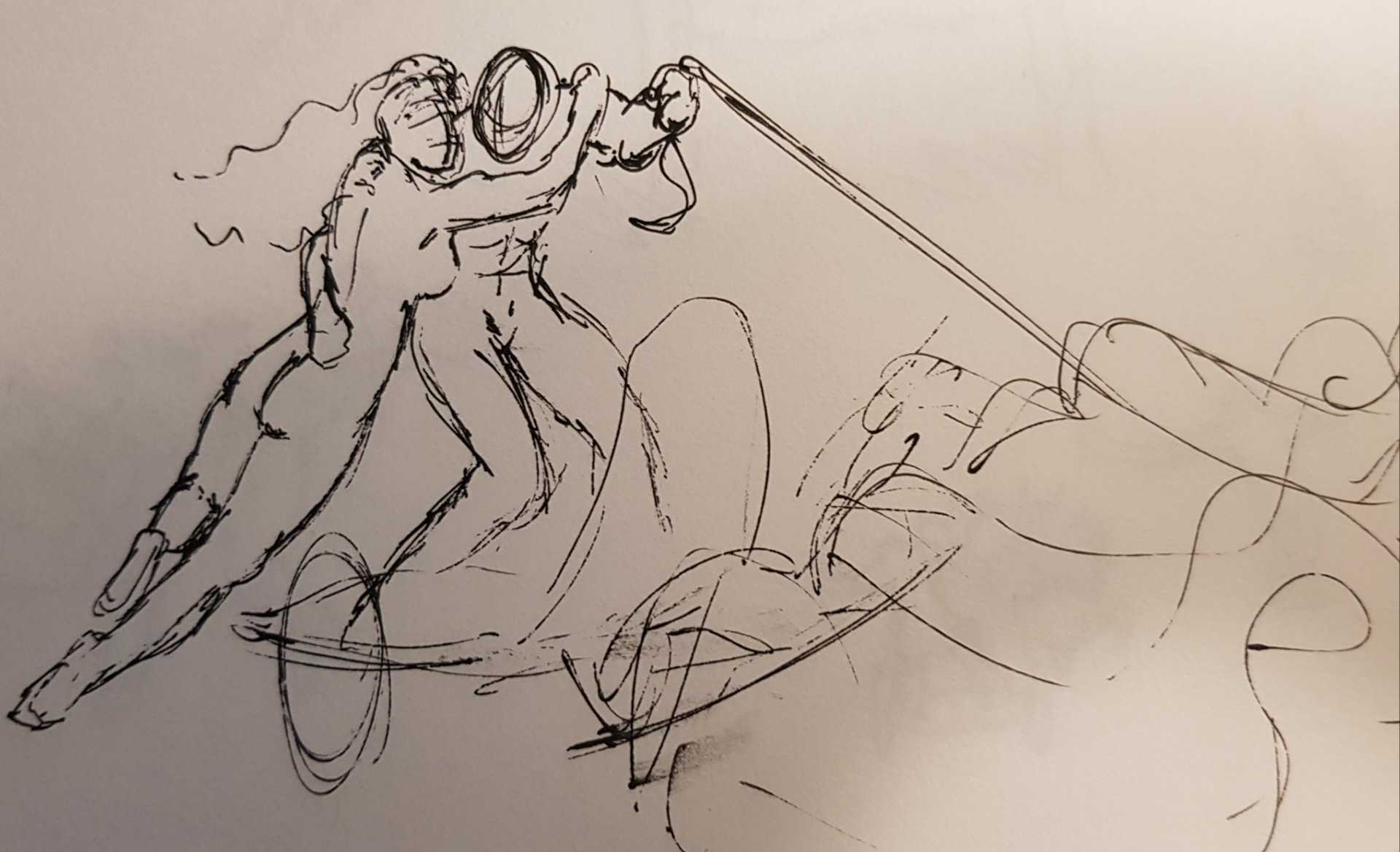
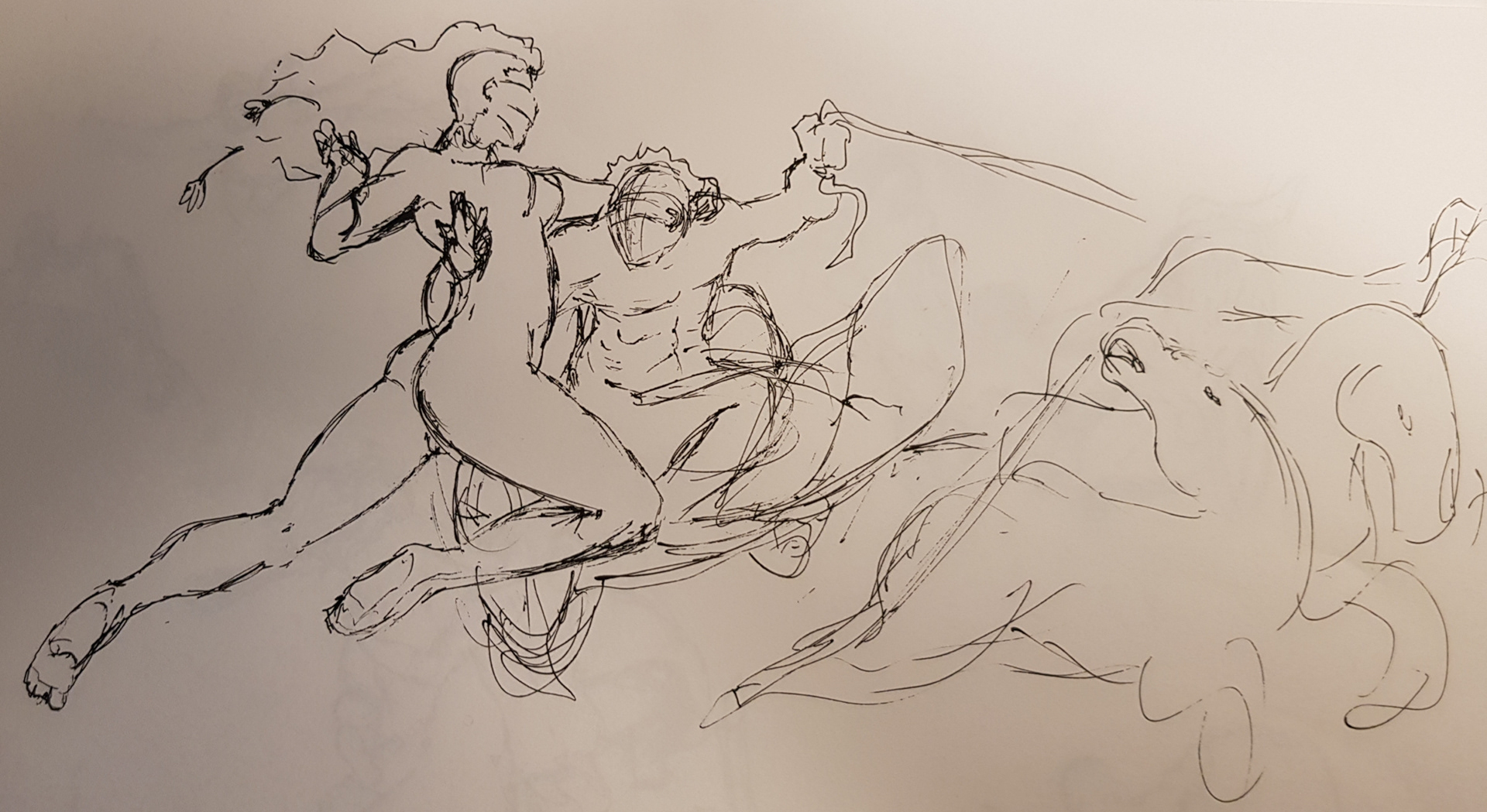

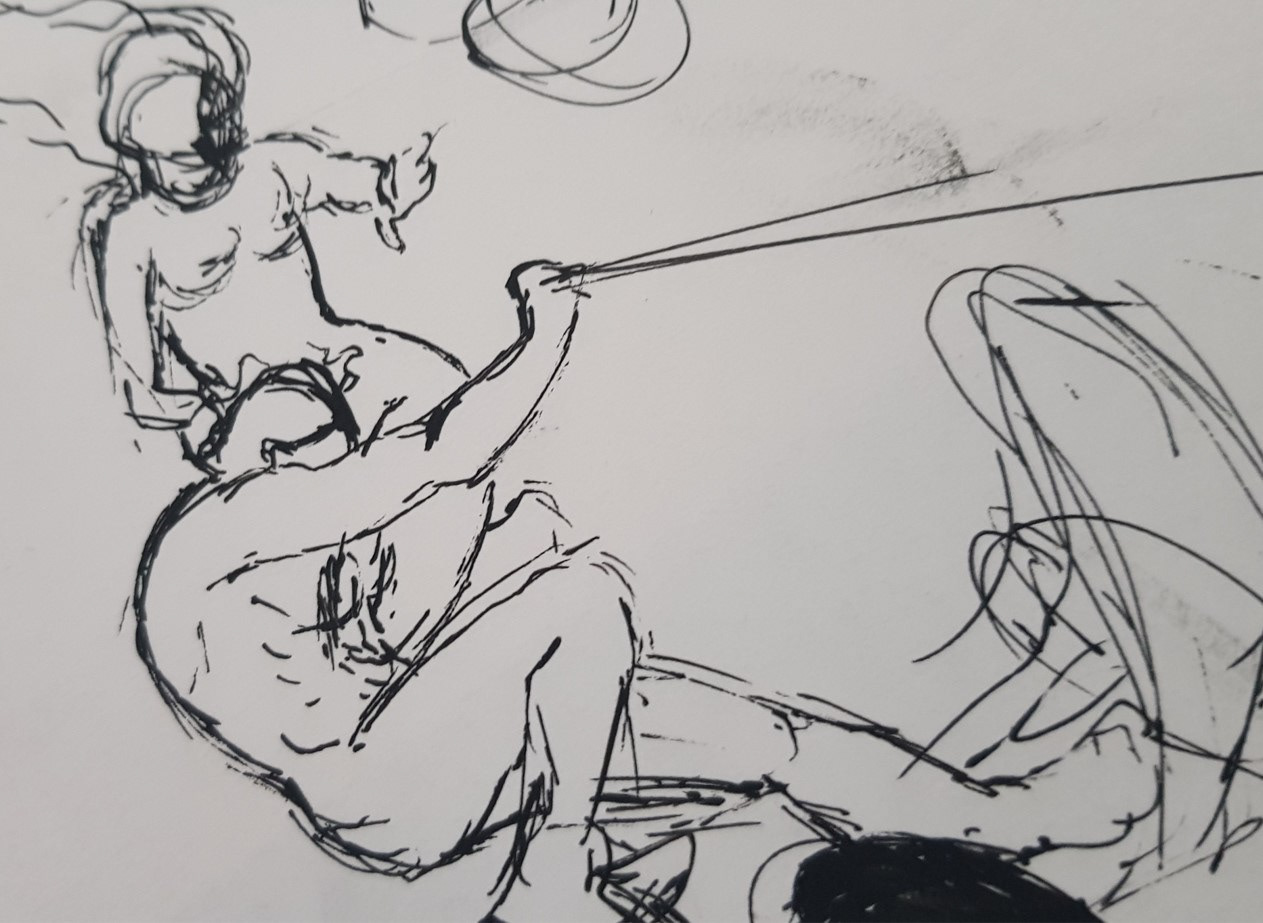
ORIGINAL PHOTOSHOOTS FOR PAINTING REFERENCE
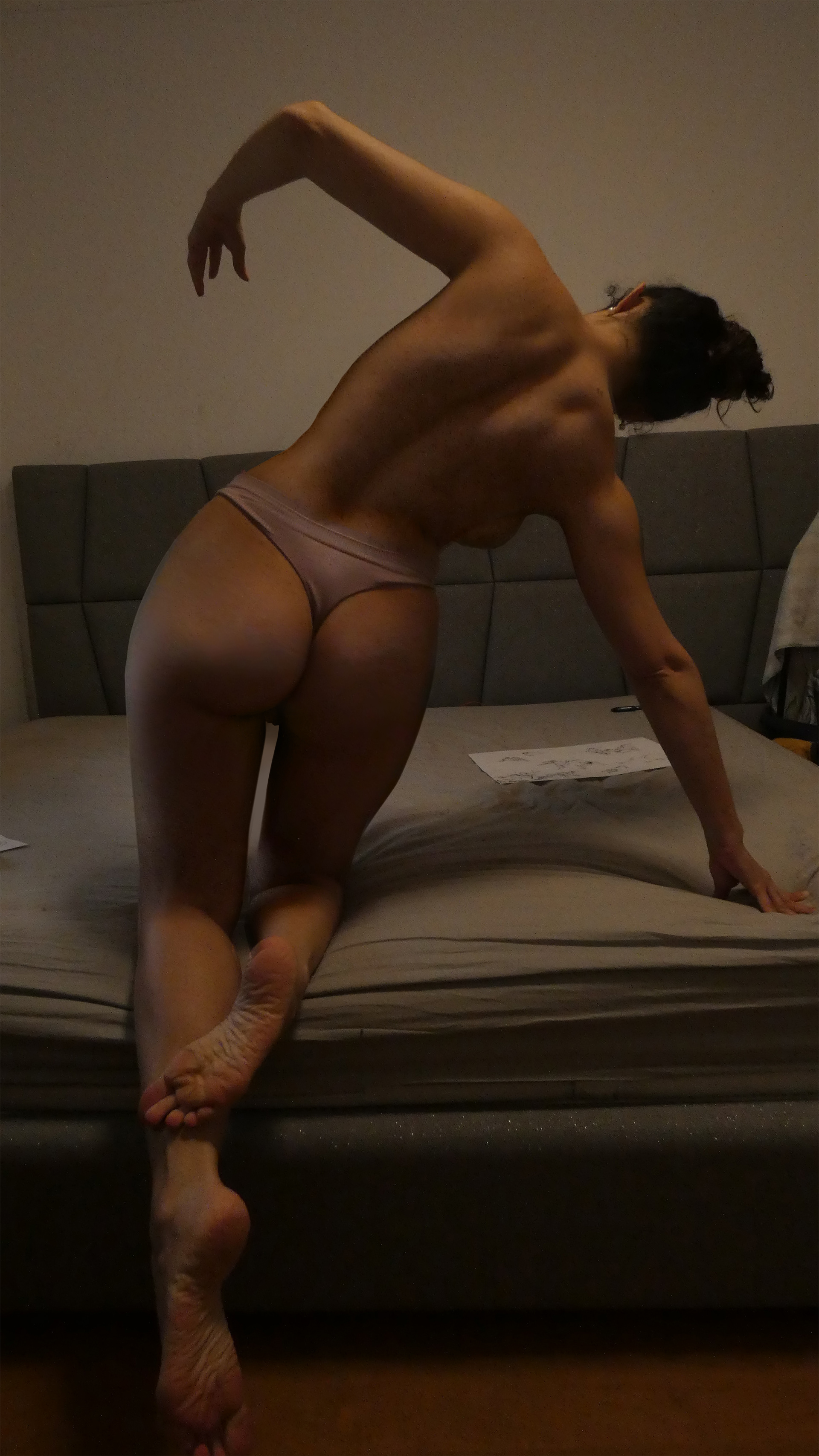





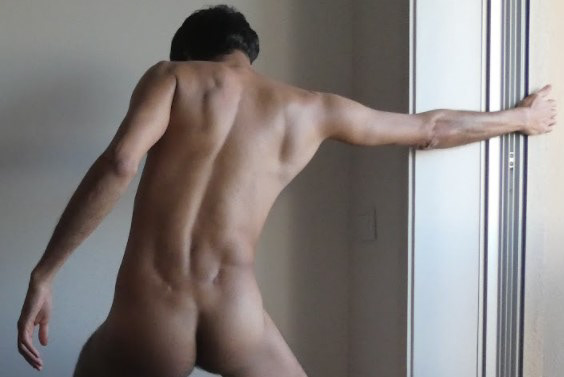
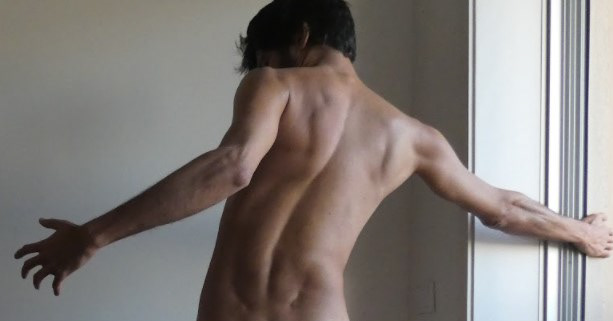

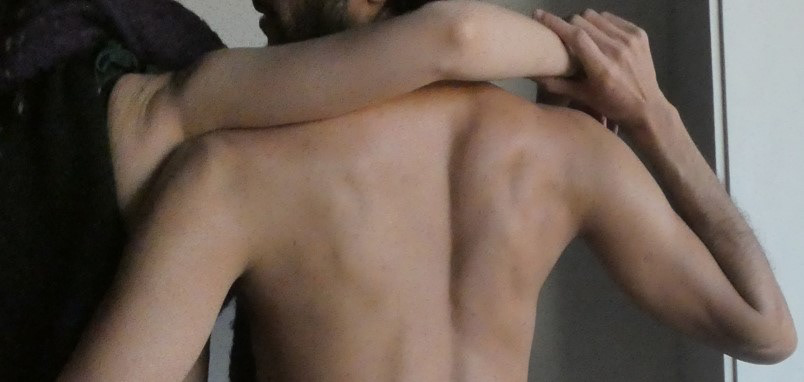


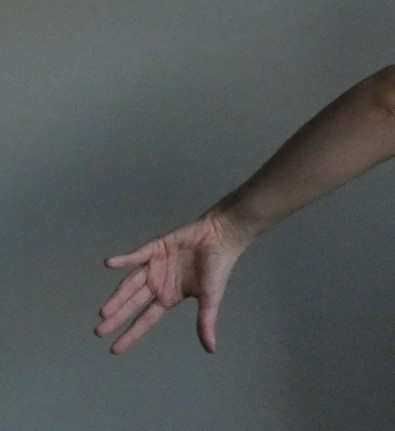

OUR AMAZING VISIT TO THE REAL LOCATION, THE ANCIENT CITY OF ELEUSIS AND THE TEMPLE OF DEMETER WHERE THE MYSTERIES WERE PERFORMED TO THE INICIATES


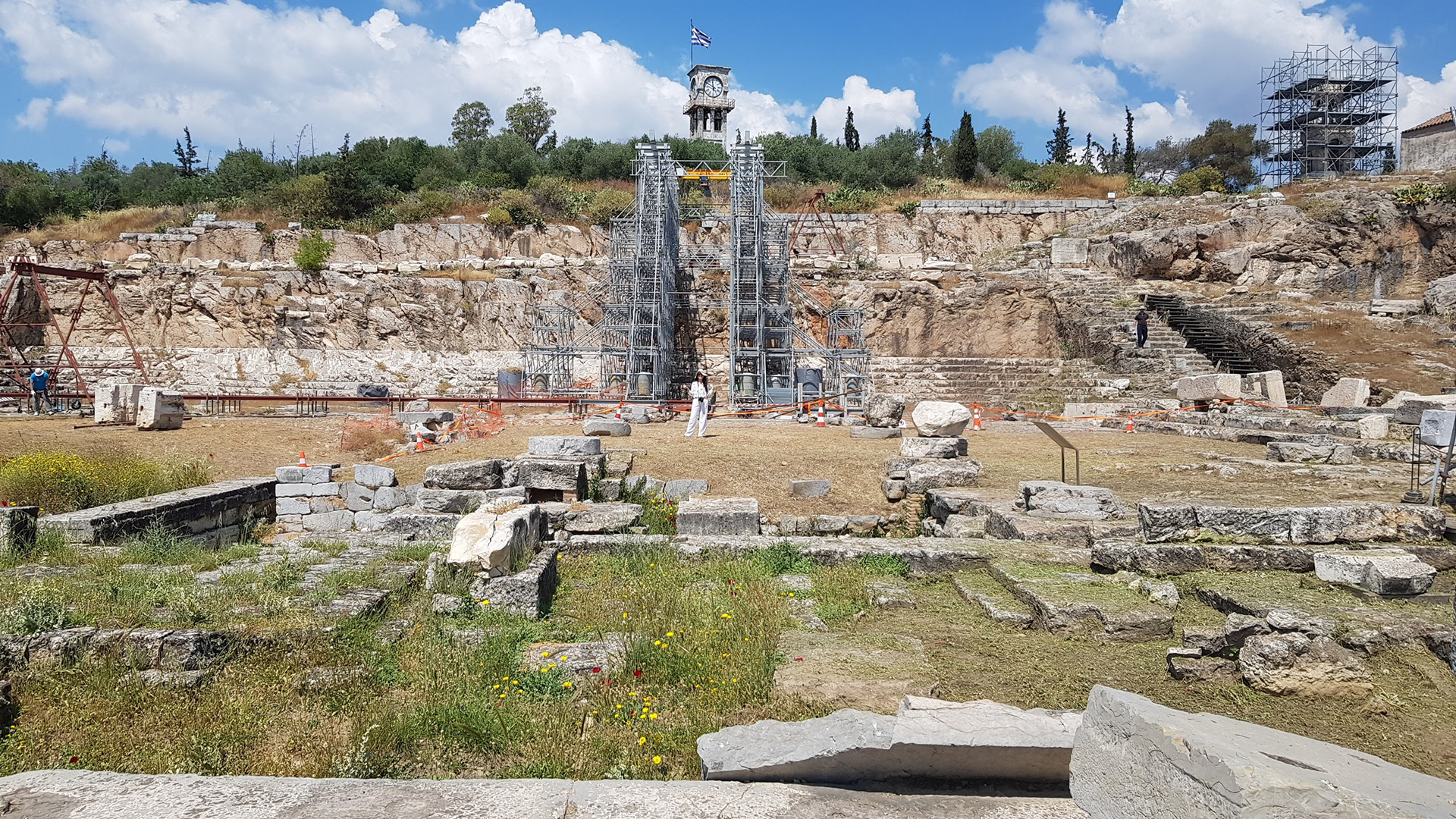



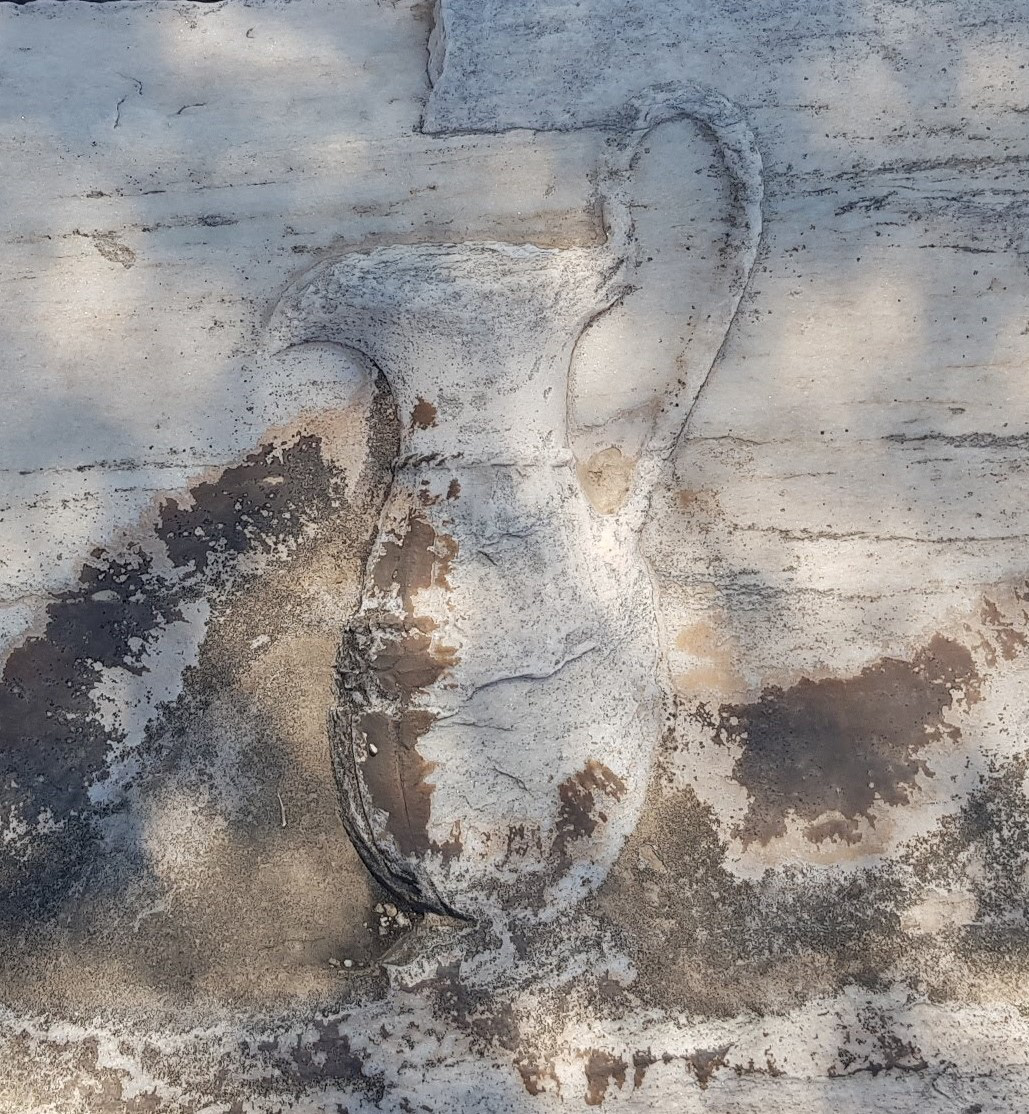
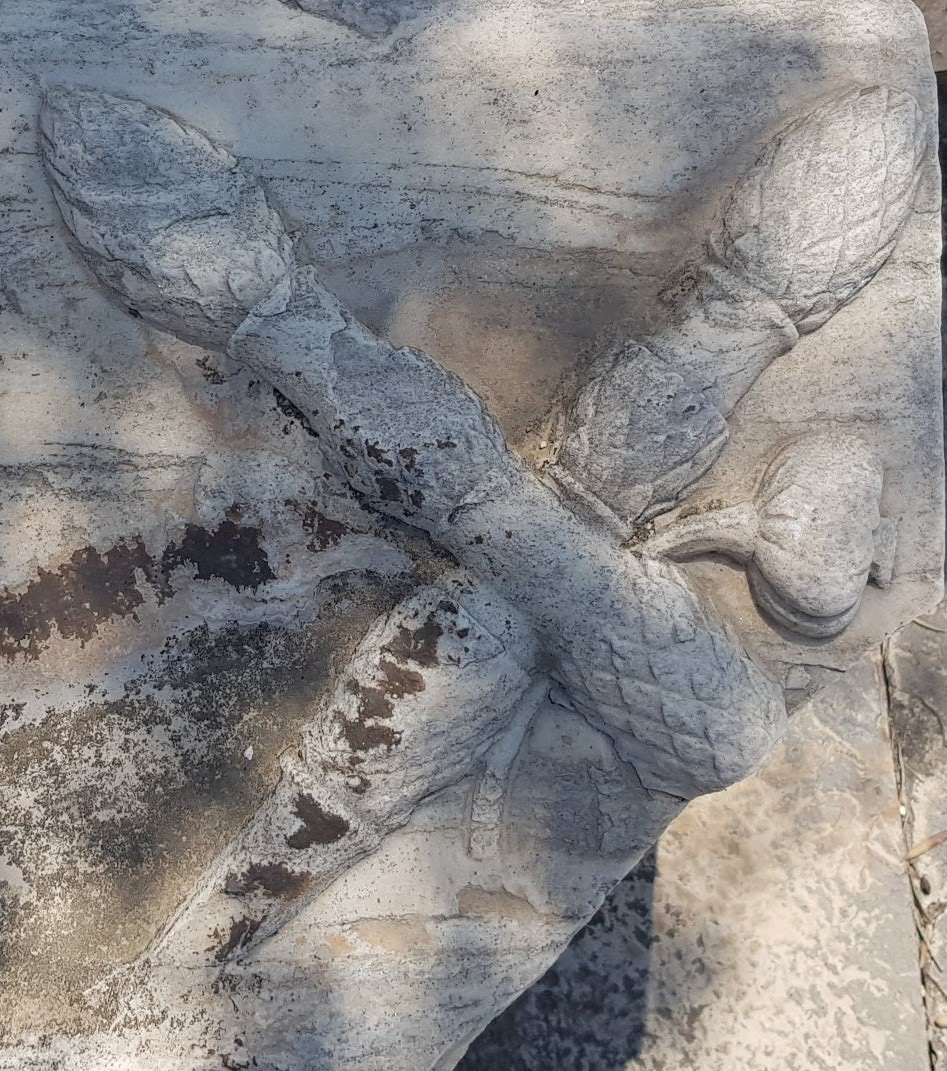










CHARIOT REFERENCES
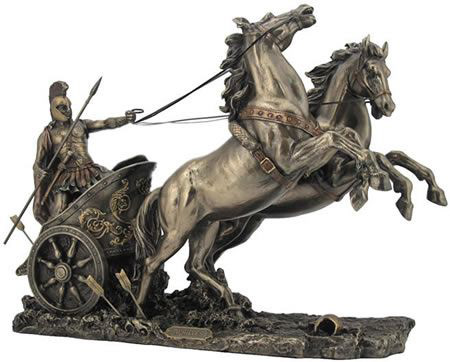

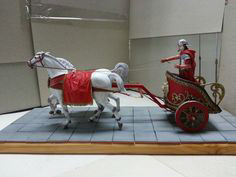
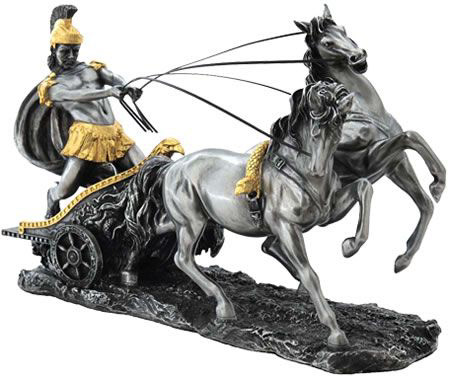



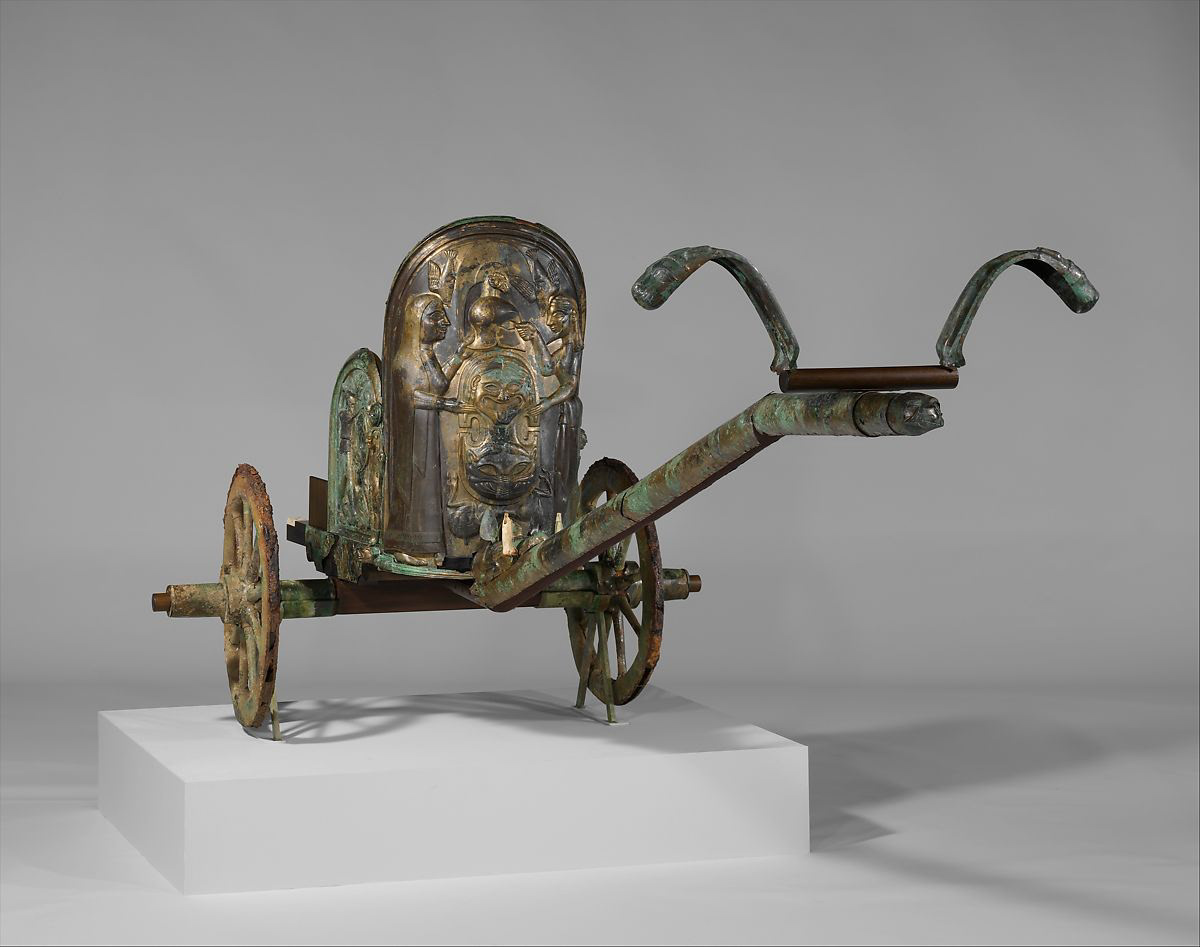

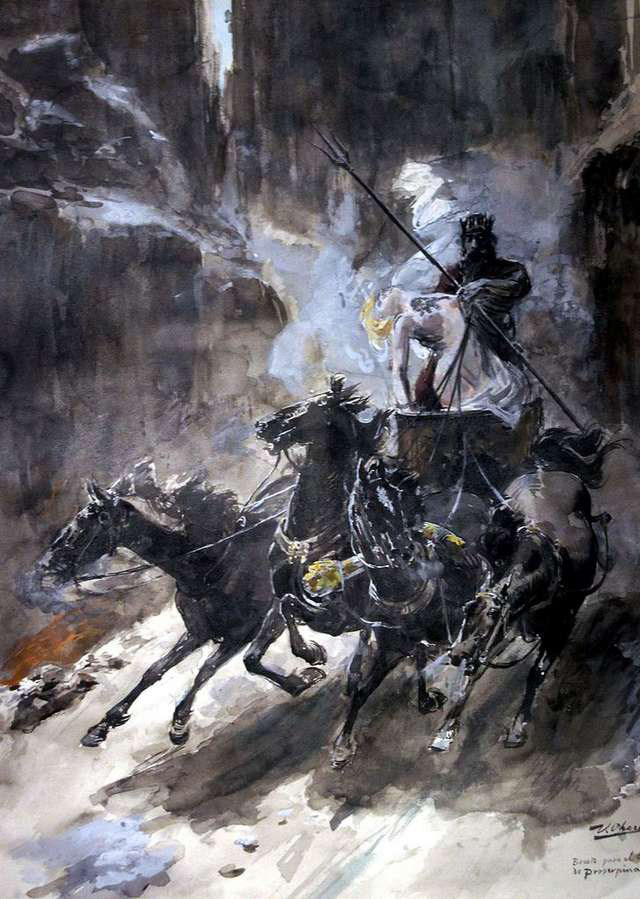
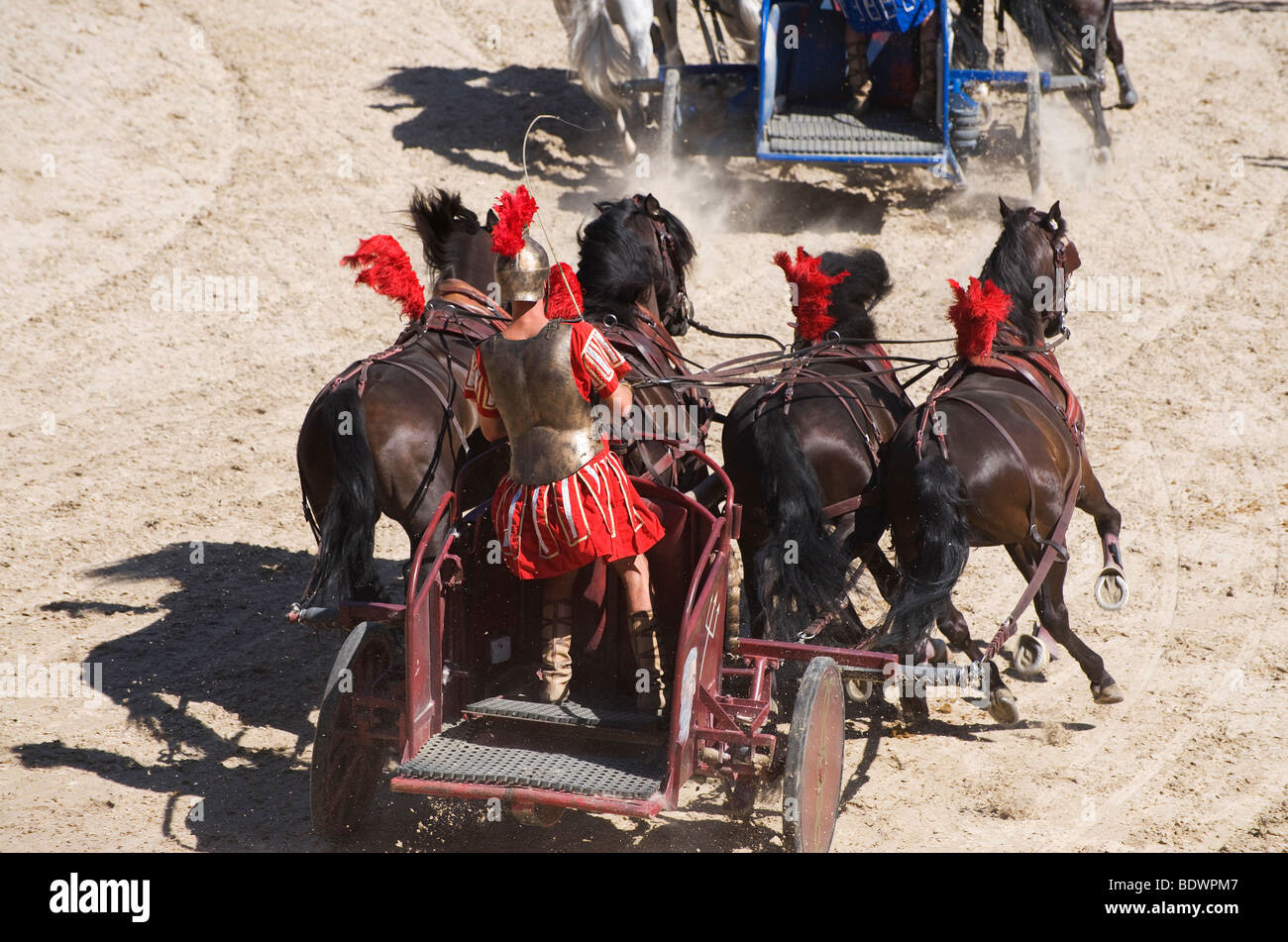

HORSES BACK VIEW REFERENCES

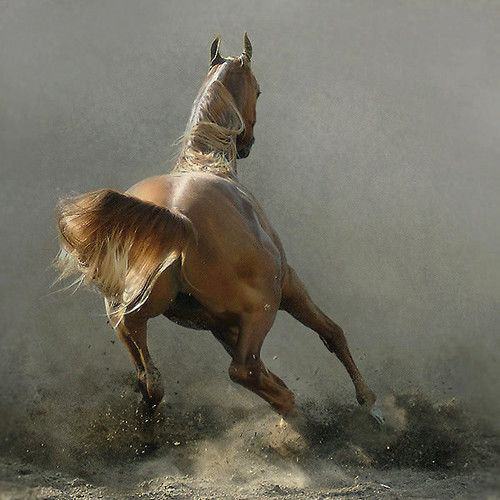

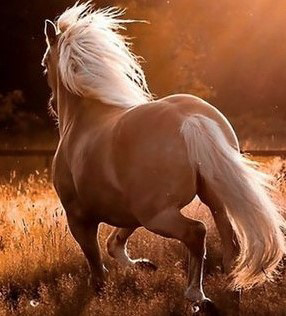
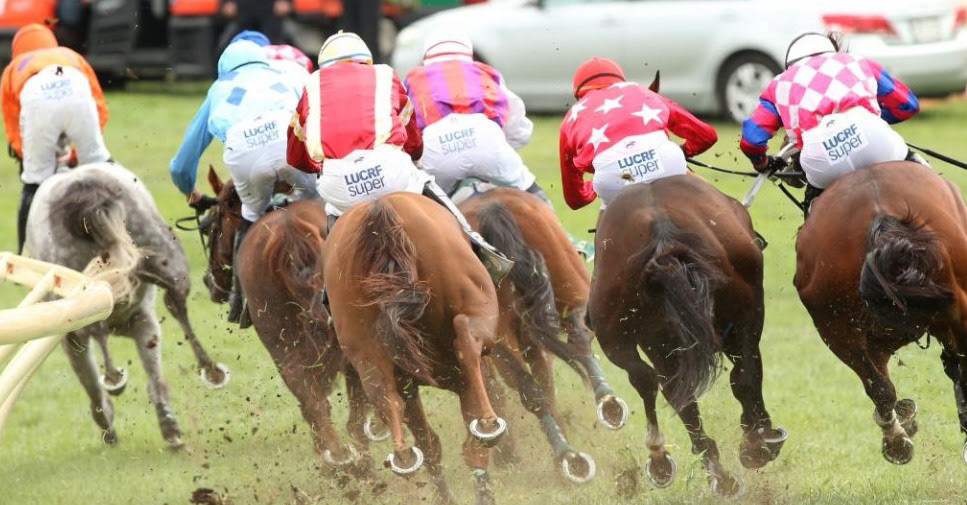

HADES REFERENCES
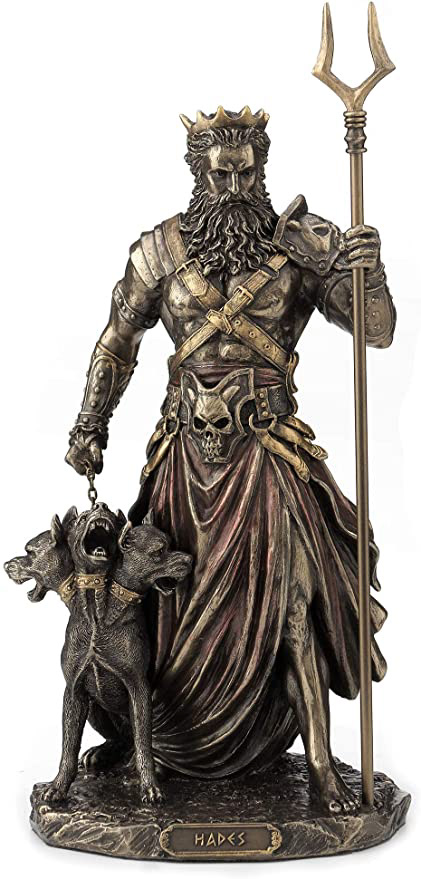
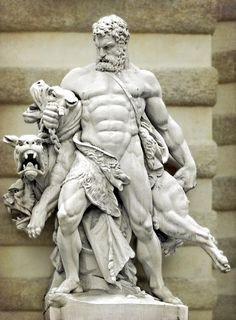



KORE REFERENCES


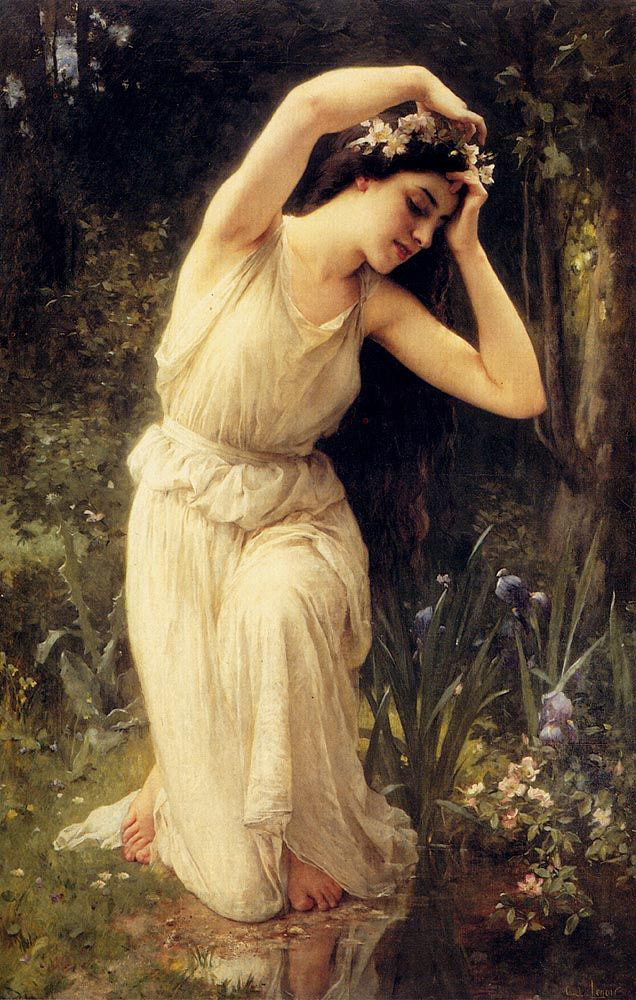


KORE / PESEPHONE / DEMETER REFERENCES TAKEN FROM MY VISIT TO THE BRITISH MUSEUM

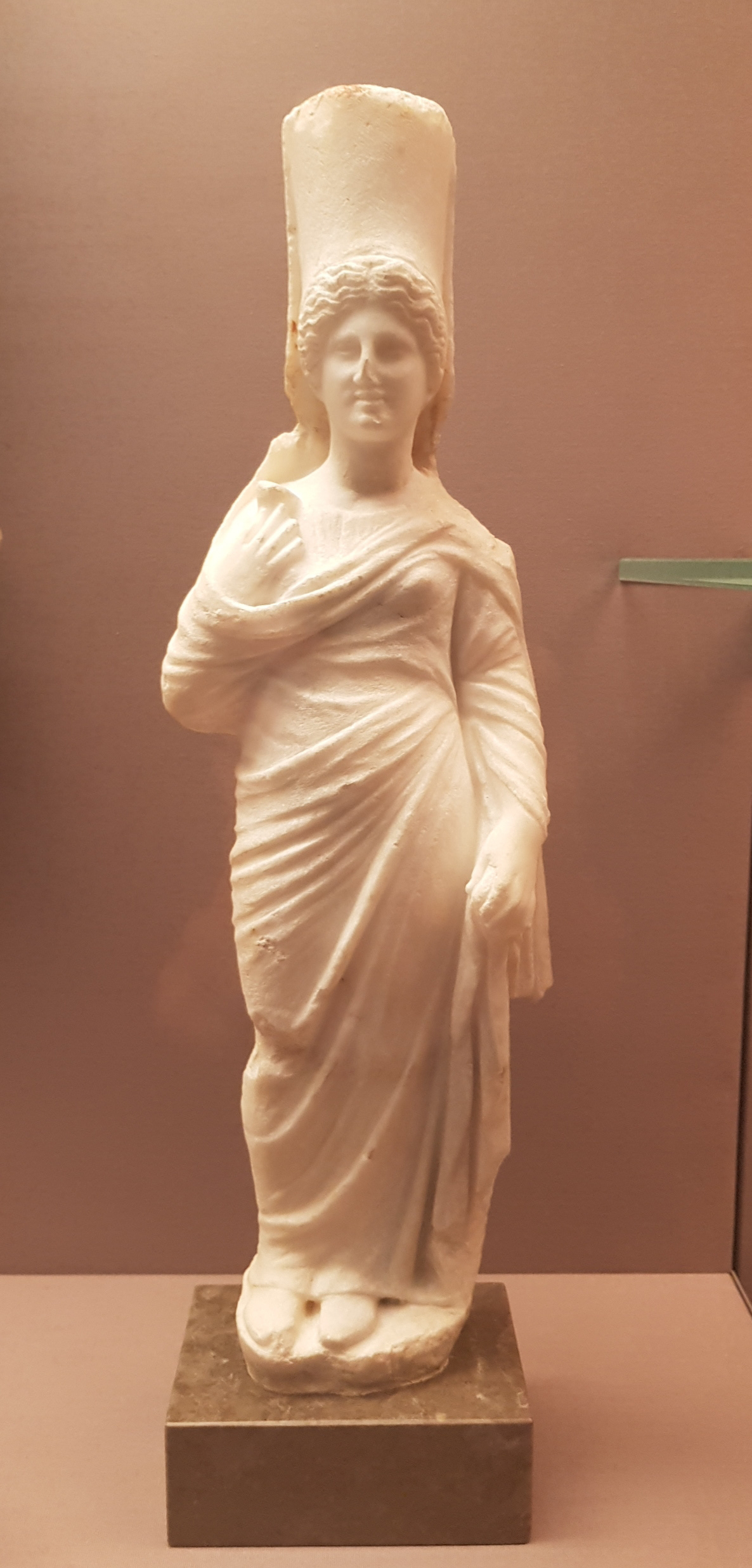
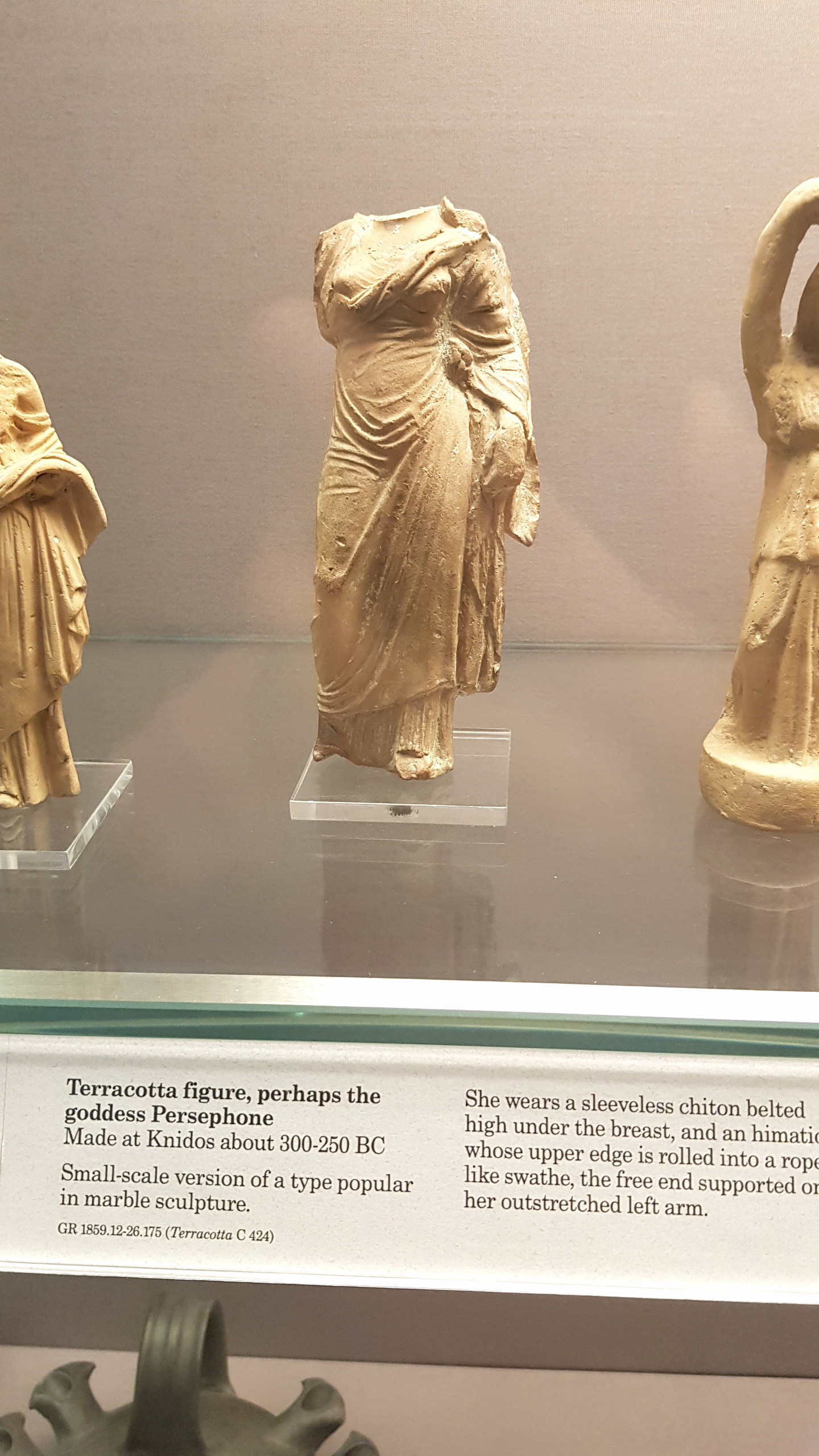
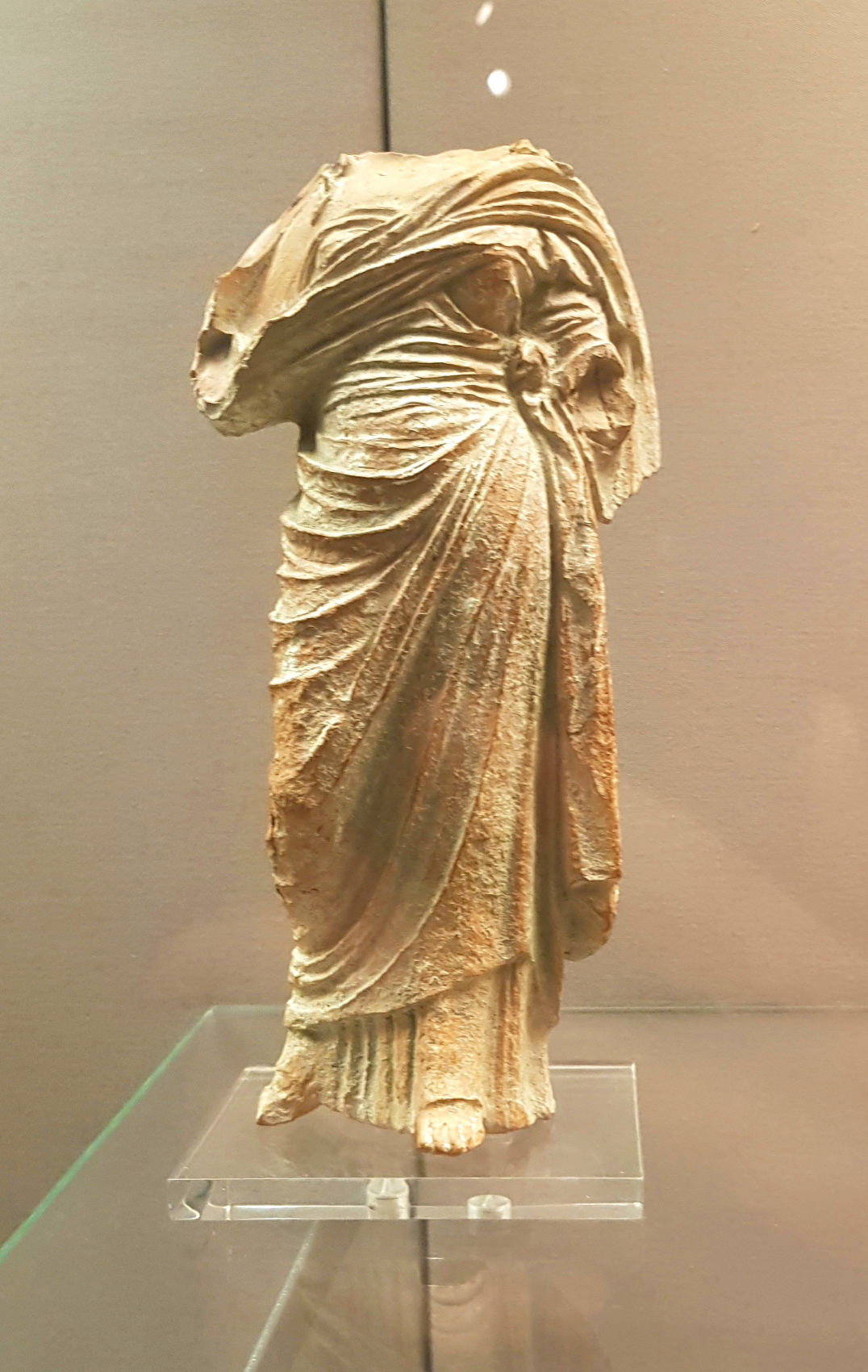
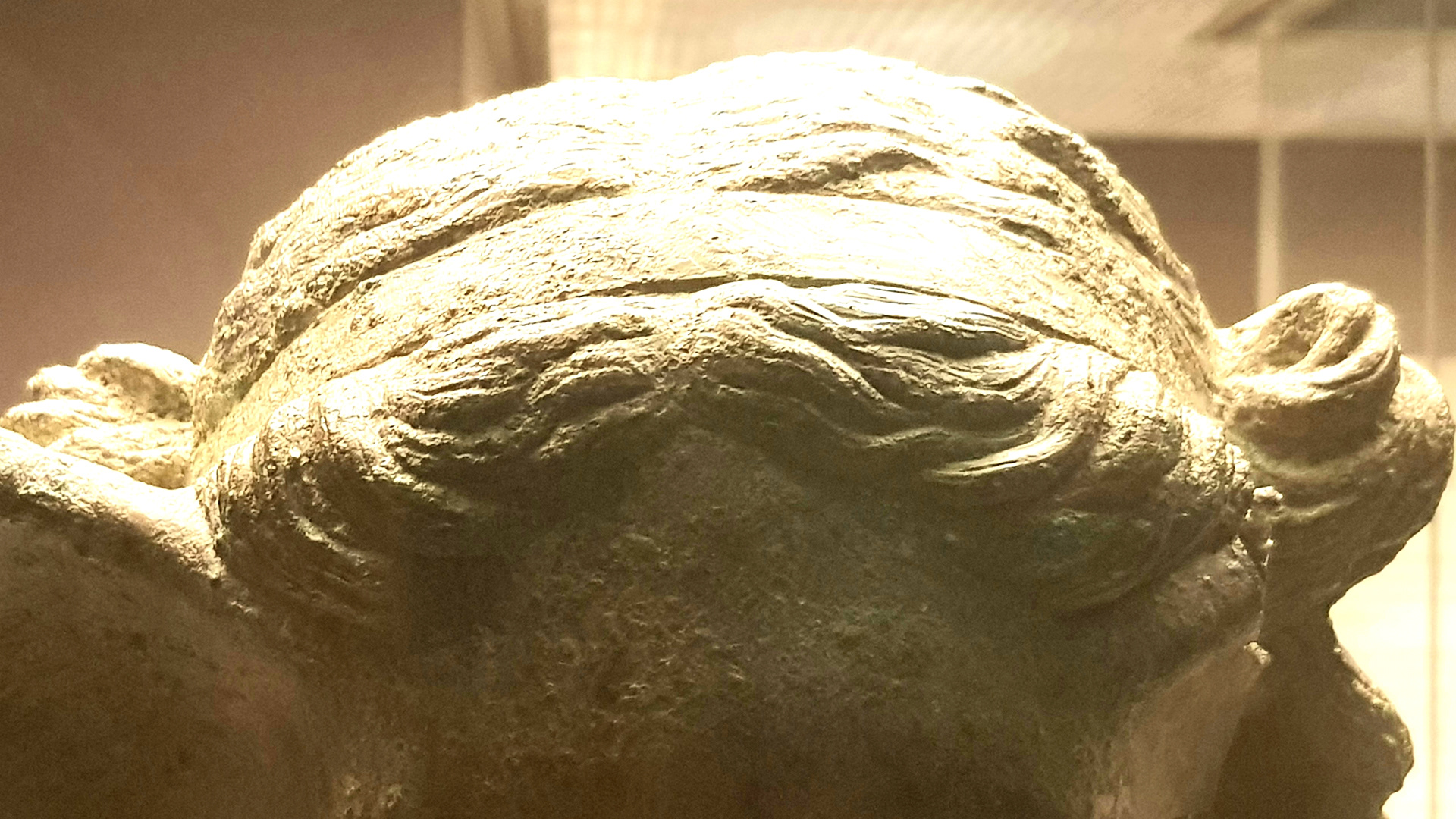
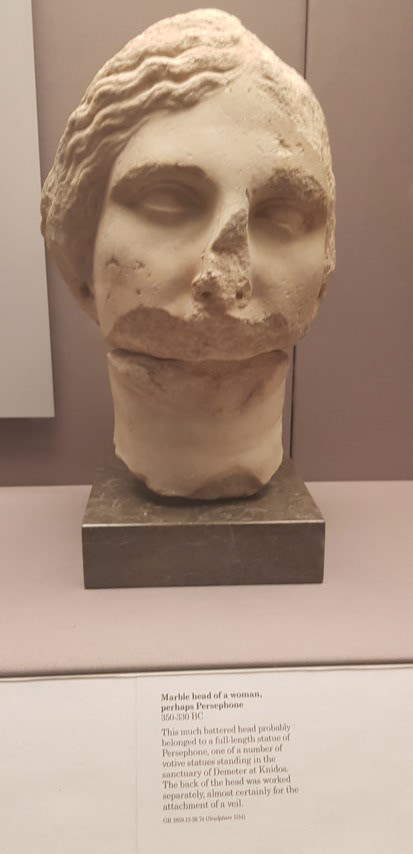


PERSEPHONE REFERENCES

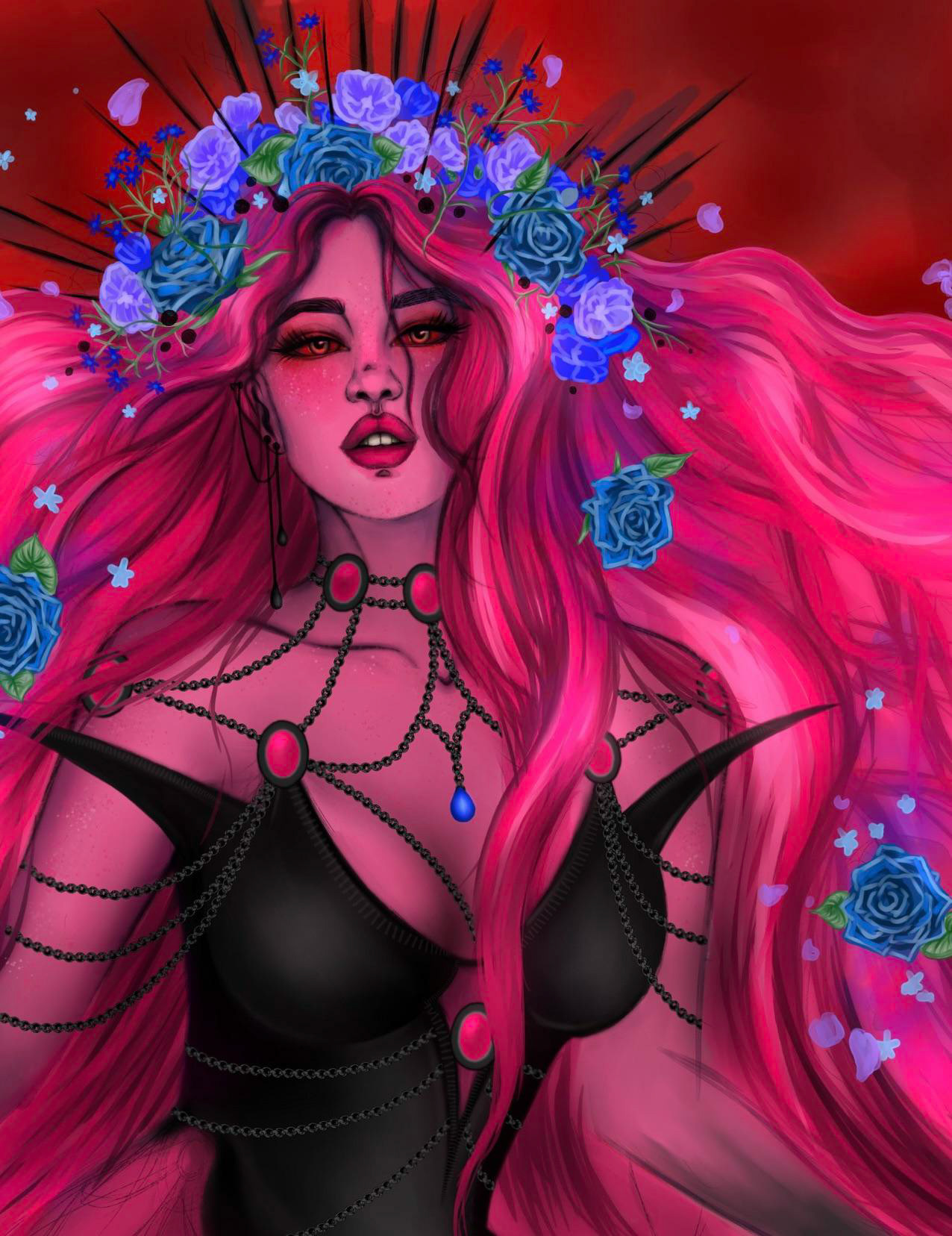

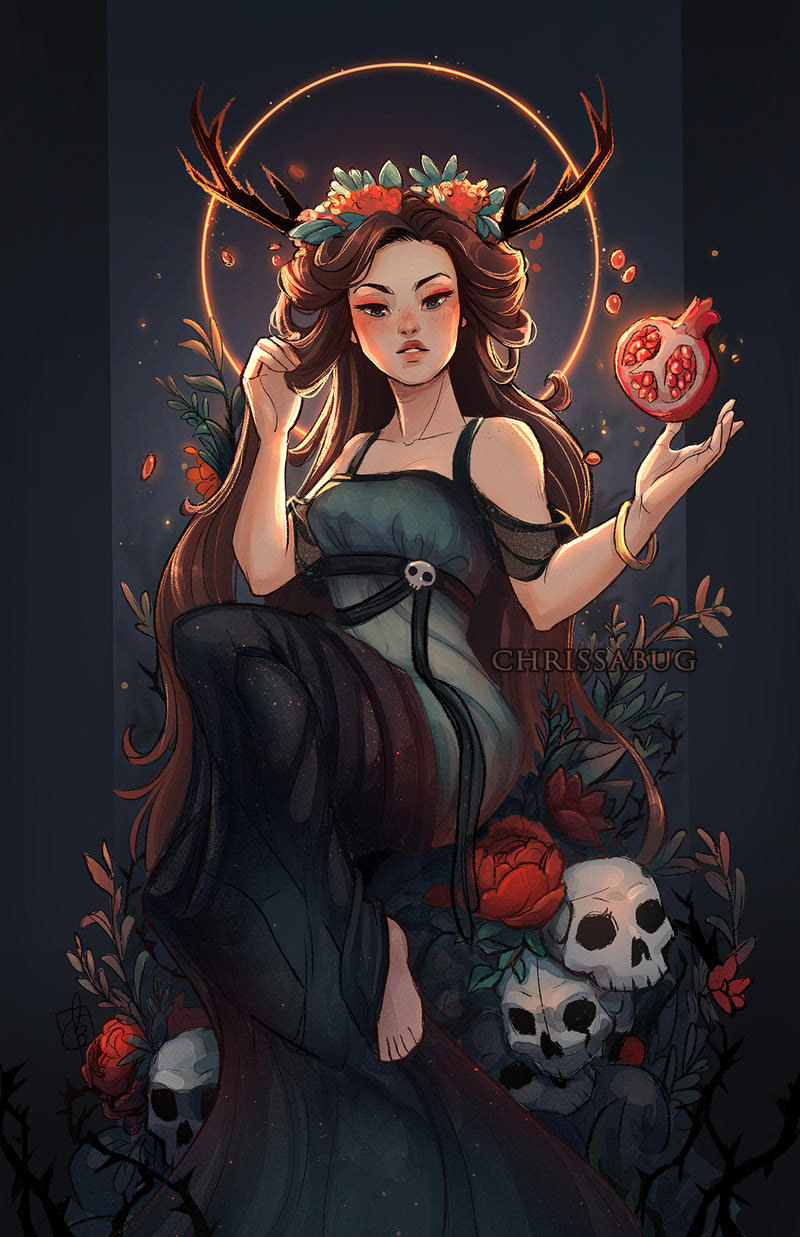


THE NARCISSUS
Nice to mention that these pictures was taken in a coincidental and epiphanic day when I first met a real narcissus flower in during trip to London. By this time I was working on the first sketches of this artwork.❤️
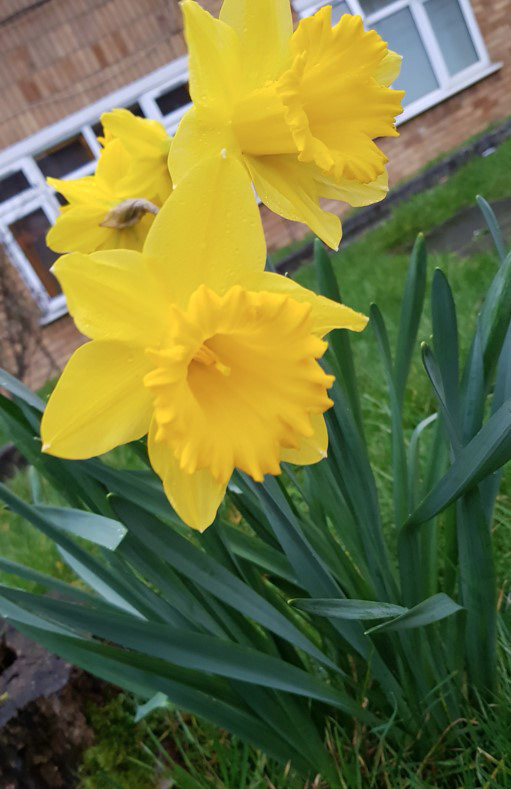
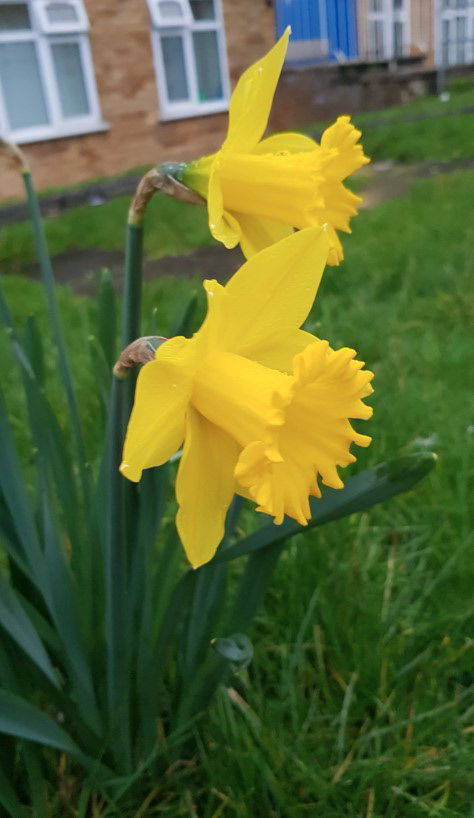

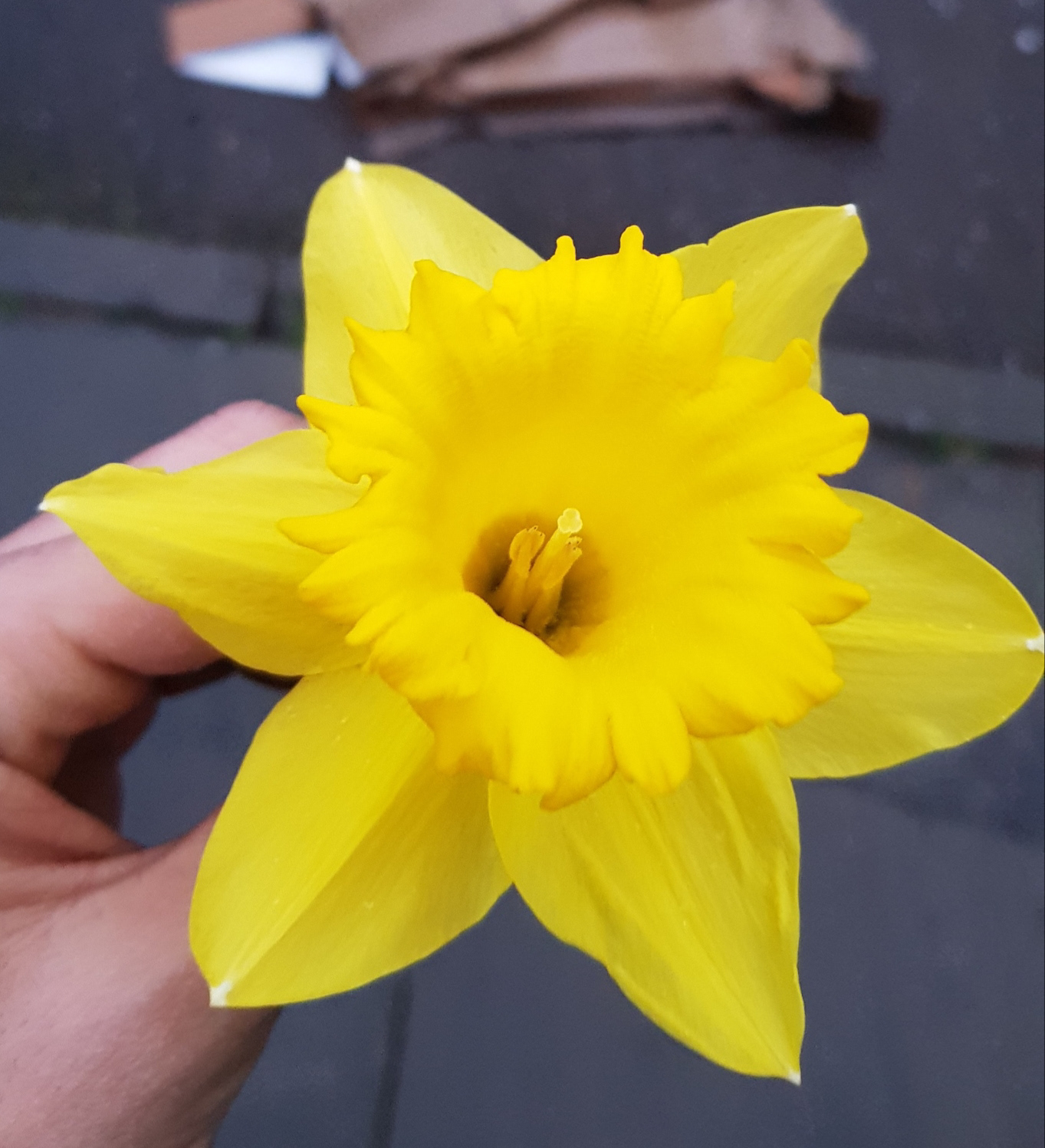
CLOTH REFERENCES


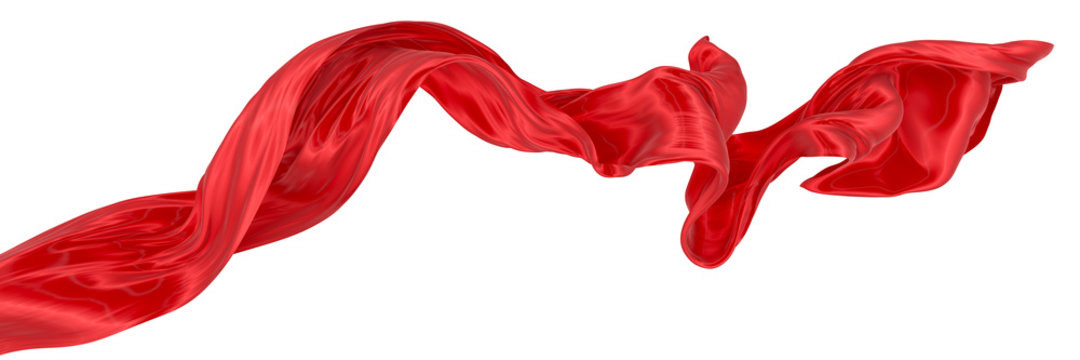



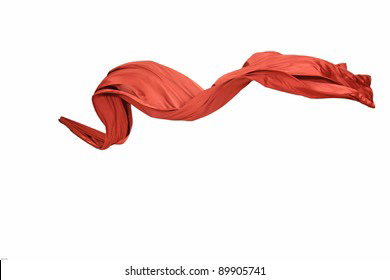
THE ABDUCTION REFERENCES


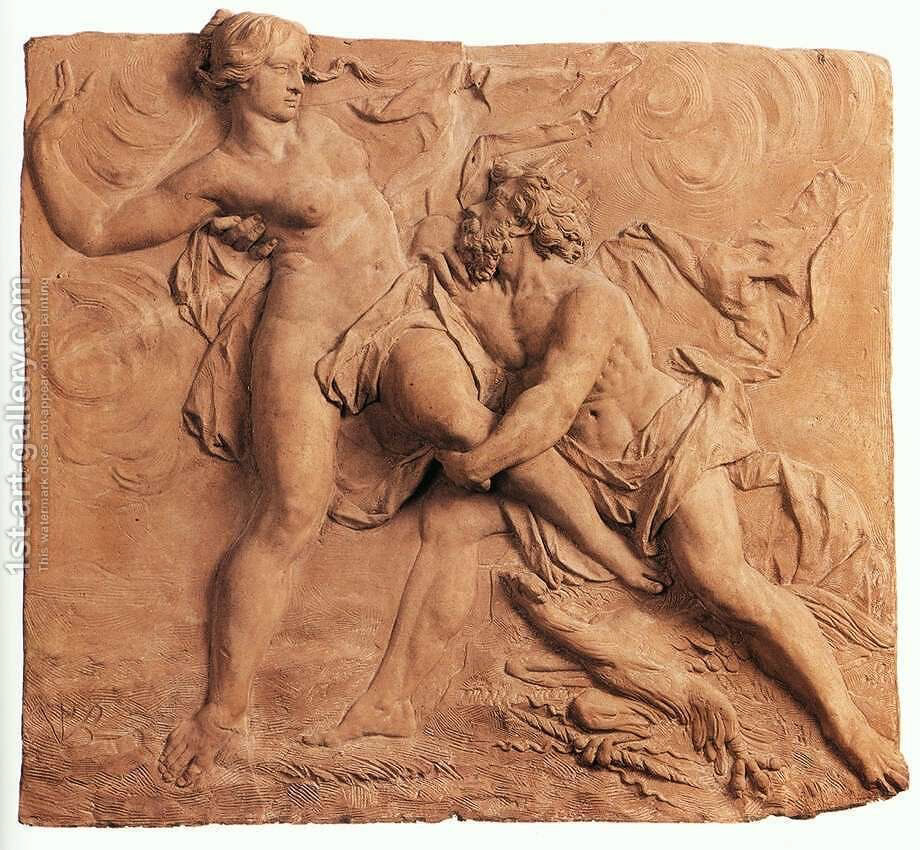



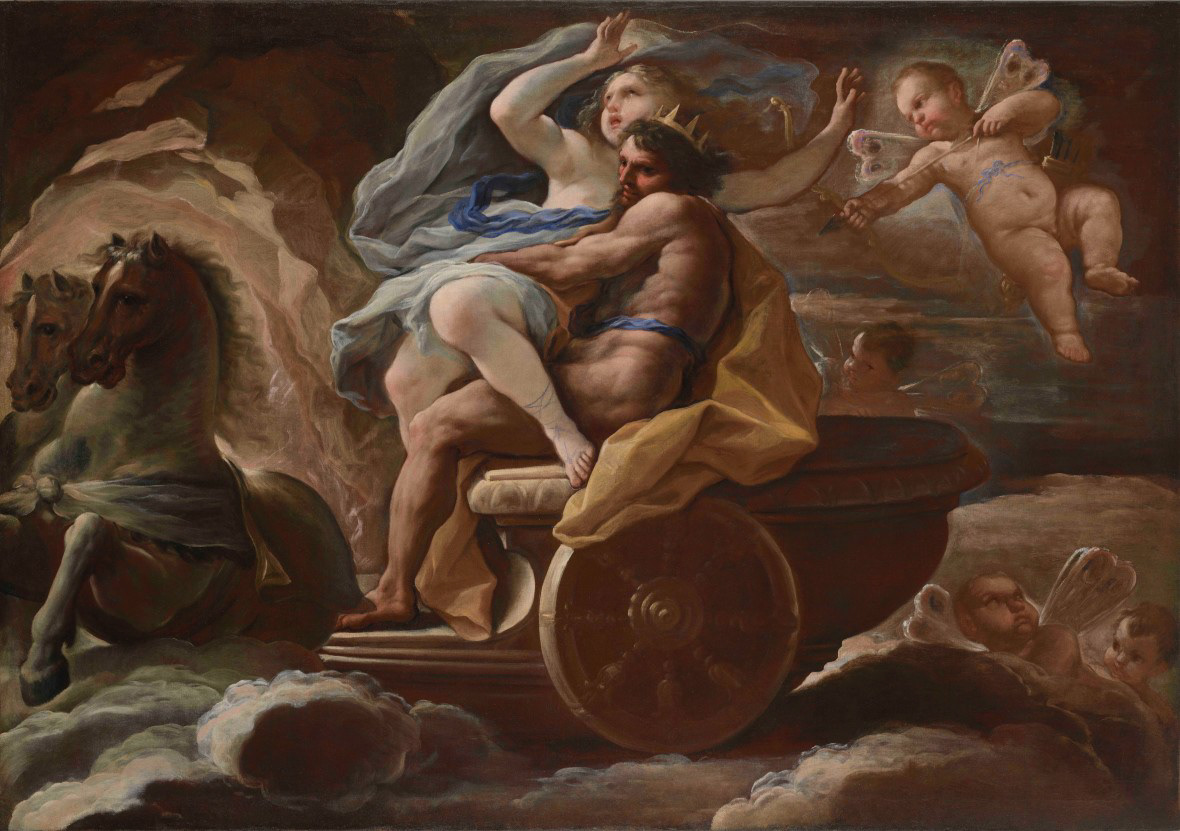







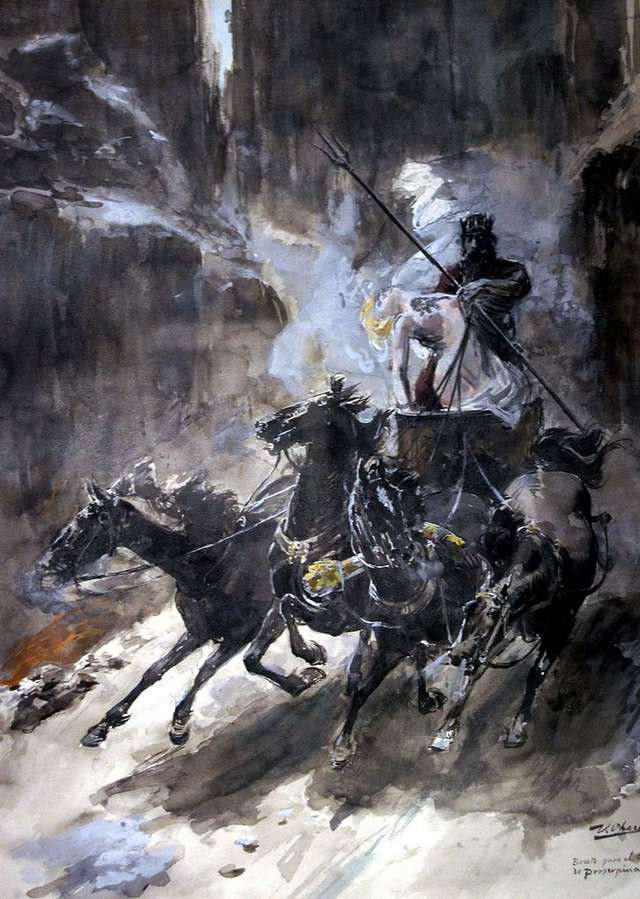
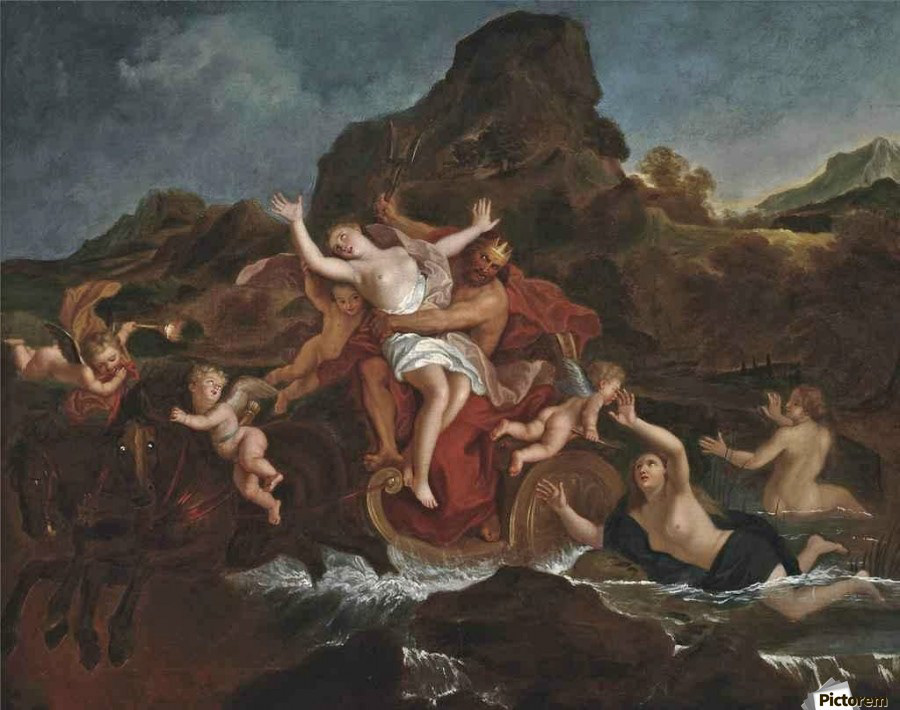
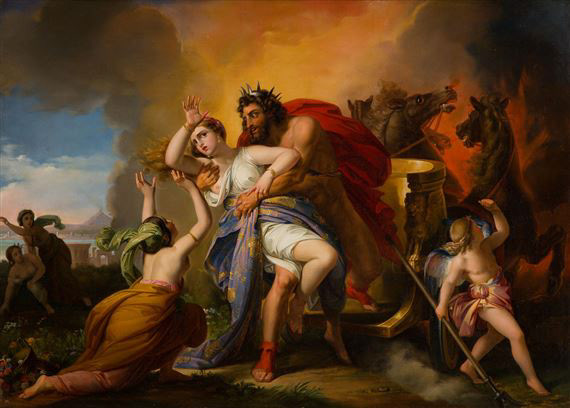
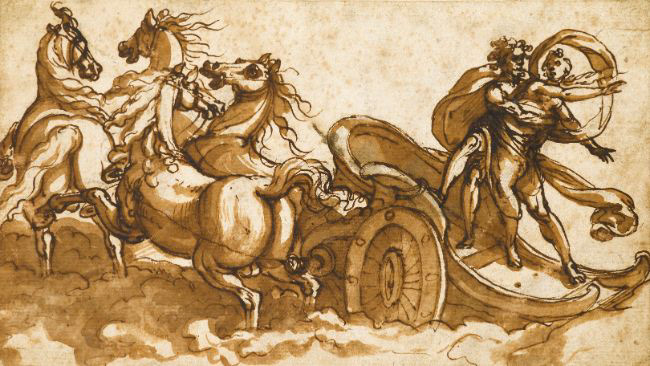
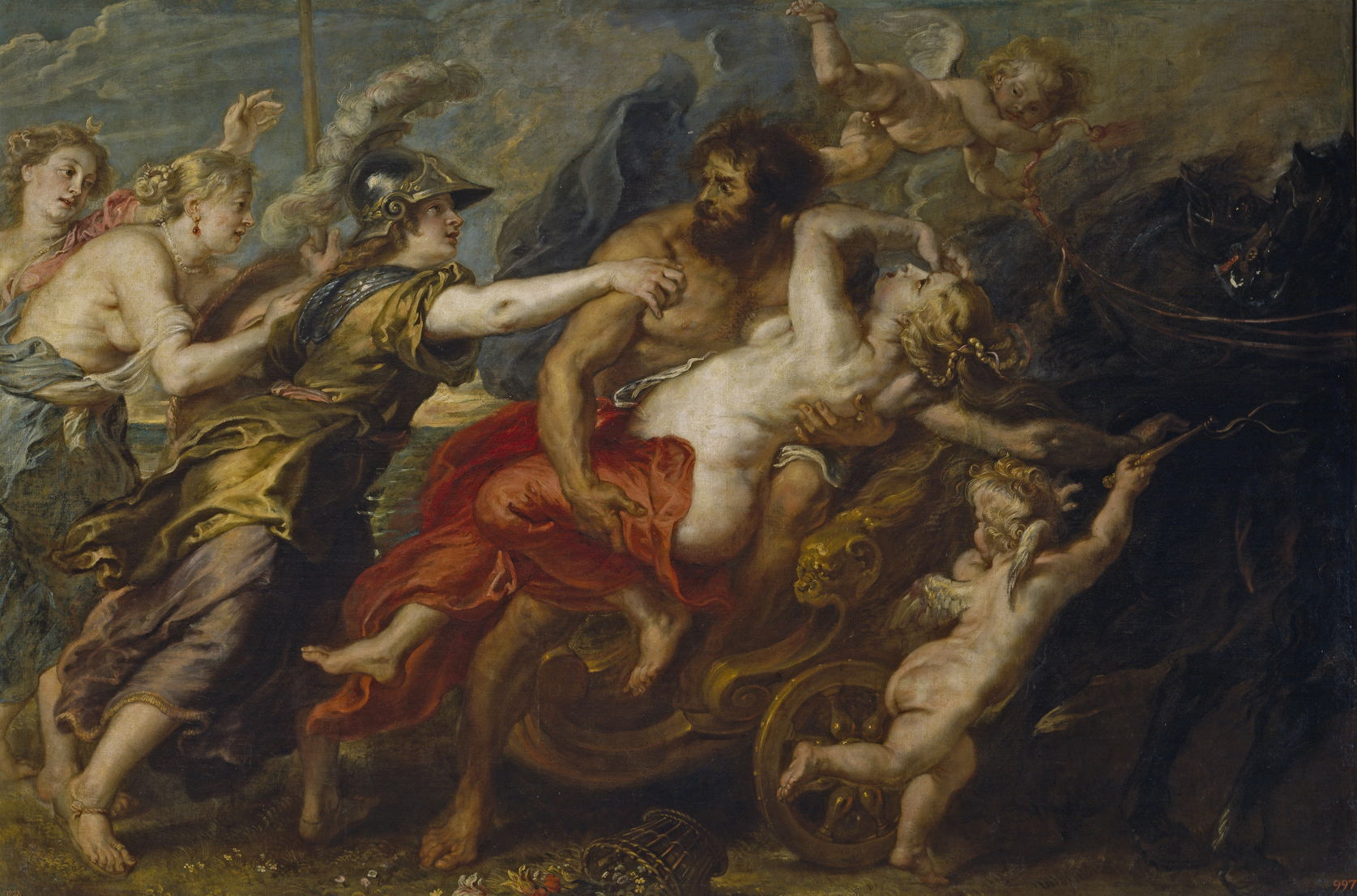
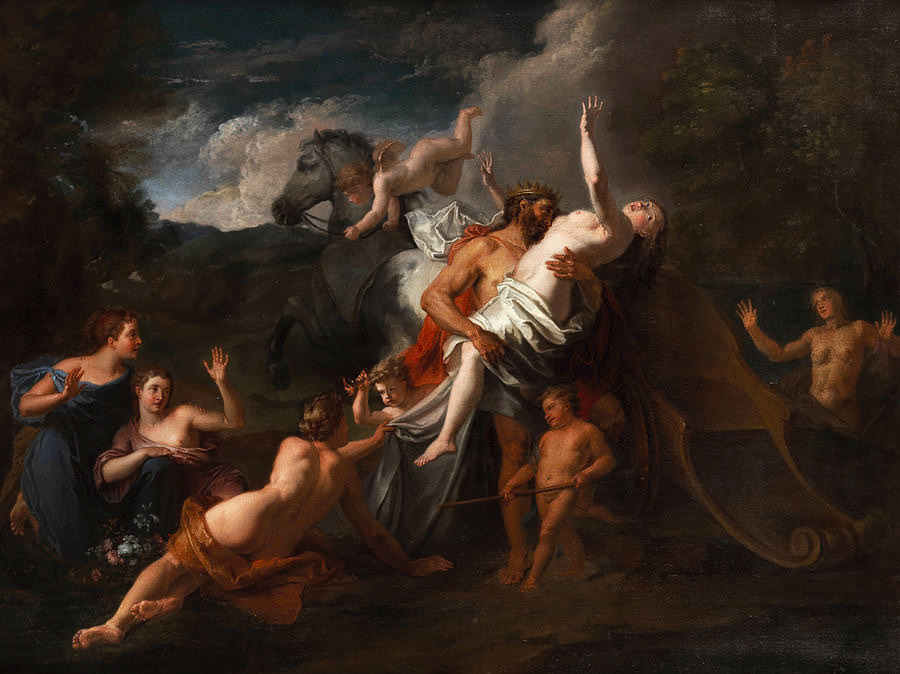

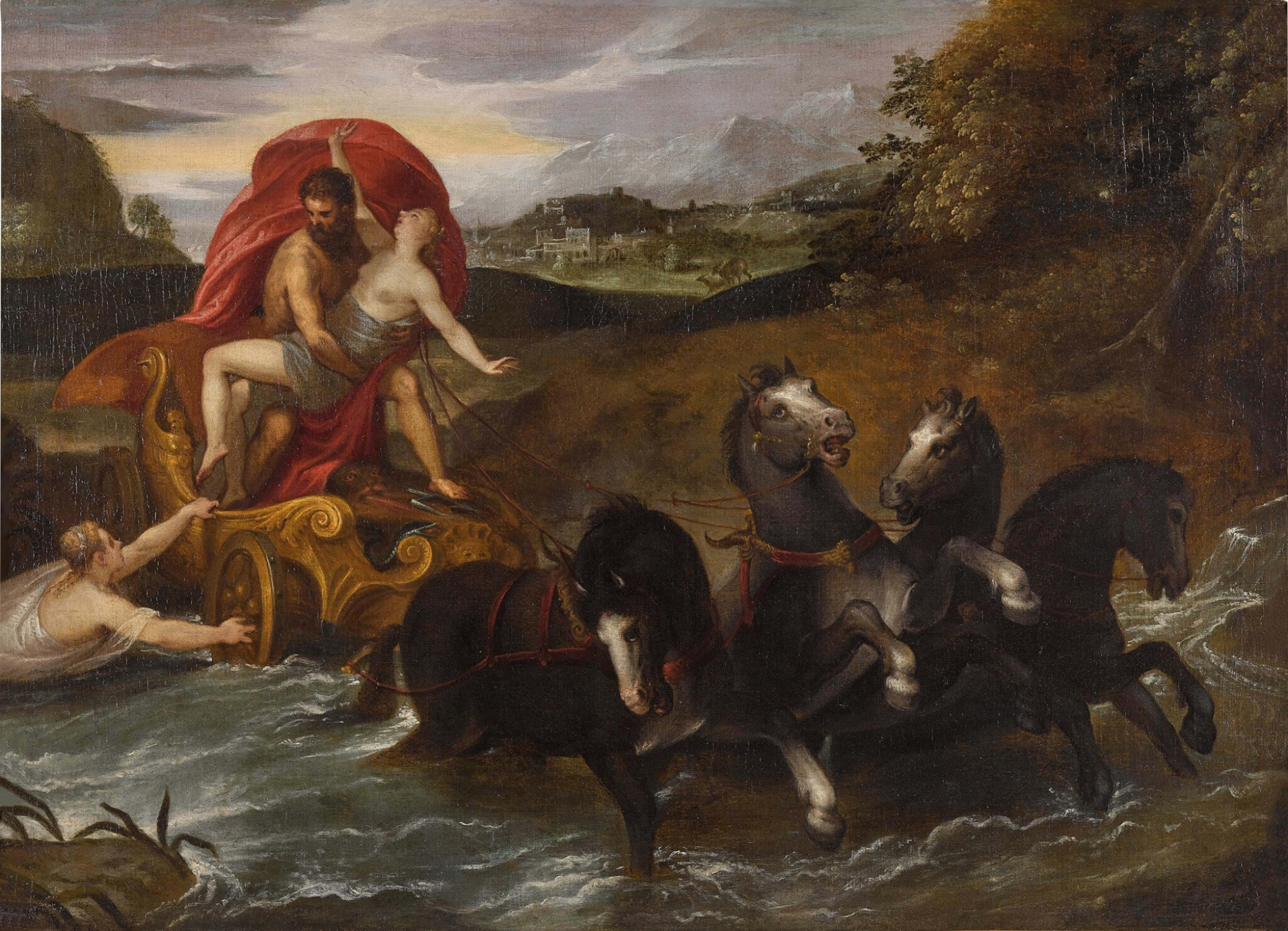





ARTWORK CONCEPT
INTRODUCTION
The Abduction of Kore (Persephone) is a classic work of Greek mythology which over the centuries has been represented by hundreds of artists in painting, sculpture and poetry. I was initially motivated by conversations and reflections with my wife, a highly skilled and graduate academic with a degree in Greek language and literature, and a scholar of psychic archetypes analysis. Her personal identification with Persephone is also an insightful inspiration. I felt inspired and compelled to work on this subject. In addition, other reasons moved me towards this approach. One of them is the contemporaneity of the issues elaborated in this ancestral myth, and the possibility of bringing a fresh look to this ancestral tale by considering our current historical-social perspective.
Subjects such as the subtle social validation of the rape culture, the recurrent silencing and disregard of the female voice and decision, the precision of the archetypal and alchemical process of maturation of the girl-woman, the troubled transition from the infantilized daughter-princess role to an emancipated queen-woman. Deep reflections on these themes are addressed in this artwork. To achieve the desired result, I´ve made deep a research together with my wife, from the original Hymn to Demeter to contemporary academic studieas and books, with a special mention to the book “Demeter and Persephone: Lessons From a Myth” by Tamara Agha-Jaffar, which has proven an awesome and meaningful source of inspiration by doing strong connectios between the myth and the current discussions about feminism, trauma and vitimization. Along and after our research, I´ve implemented mixed techniques, from manual sketching and drawing, to photography, montage, 3d modeling and digital painting, to create my original expression of the myth.
My goal, much beyond the opportunity to share once again my perspective on the beauty of female sensuality, is to bring light to a very contemporary dialogue that exists in this ancestral myth. I want to propose an original interpretation, and let's say, a less "biased" version of Kore (Persephone) myth. I also want to give the observer a more active voice in the judgment of what actually happened on that day when Hades in his chariot rose from the depths and abducted Kore to his realm, and last but not least, I want to praise the voice of Perséphone, the one who was not heard when she first called for help, but then overcome the trauma and became a powerful voice, heard and eccoed everywhere, reaching not only the whole living world, but also the deepest abysses in the dead world; not only in her time, but ages ahead and yet to come.
THE MYTH
According to the myth described in the Homeric Hymn to Demeter - which was taken as the main bibliographic reference for the creation of this work -, the goddess Kore was abducted by the god Hades to become his wife and joint ruler of the underworld realm, later becoming Persephone. The myth tells that Persephone, before the abduction, was known as Kore, which means “young maiden”, reinforcing her identity as a virginal non-entity tied to her mother. By deepening our involvement with the story, it is possible to assume that Demeter was in fact a loving and dedicated mother to Kore, however she supposedly was also an authoritarian and overprotective mother, and possibly had aspects of maternal narcisism, exercising a potentially castrating motherhood, which would eternally keep Kore stuck in her role as a daughter, stifling her possibility of autonomy and emancipation. Kore is therefore a clear expression of the archetype of the naive and infantilized woman, overprotected by motherhood, and without an active voice to decide about her own destiny. Kore was the daughter of Zeus and Demeter. The Homeric Hymn tells that Hades obtained permission from his brother Zeus to marry the young Kore. However, knowing that her overprotective mother would never allow her to marry, much less with the god of the underworld, Hades hatches a plan with Zeus without Demeter's knowledge nor consent.
The myth describes that during an ordinary day when Kore, accompanied by some nymphs and maybe other goddesses, went out to collect flowers, in the absence of her mother. Attracted by the beauty of a Narcissus flower, she distanced herself from her companions. According to the myth, this flower had been placed there intentionally by Gaia, instructed by Zeus, to attract the young Kore and enable the planned strategic move together with Hades. In her moment of childish enchantment, in admiration of the beautiful narcissus, Kore was distracted. Suddenly the ground opened behind her and Hades appeared in a chariot from his subterranean kingdom and abducted the beautiful Kore. The Homeric myth tells that Kore's screams of despair were not heard by his mother nor by Zeus. The god Helios was the only one who saw what happened, and Hekate was the only one who heard her screaming. The message of the disappearance reached Kore´s mother, Demeter, who, upset, traveled around the world looking for her daughter. On her journey, filled with rage and grief, Demeter caused the earth to stop generating life, and humanity began to starve. At a given moment, guided by Hecate, Demeter turns to Helios, the all-seeing sun god, as he was the only eyewitness of the events that took place. Helios informs Demeter that Kore had been taken by Hades, with the consent of Zeus. Demeter then goes to Zeus and demands the return of her daughter. Then Zeus, concerned about the scenario of scarcity and misery brought to earth by Demeter's sadness, sends Hermes to ask Hades to release Persephone and let her return to her mother and thus please Demeter and restore the balance of life on earth. But before Hades frees Persephone, and fearing he would lose his beloved, he secretly offers Persephone some pomegranate seeds and she eats them. However, there was a guideline that determined that anyone who ate from the underworld's food would be doomed to stay eternally in the realm of the dead. With this dilemma in his hands, Zeus negotiates with Hades and Demeter that Persephone should spend part of the year with Hades, and another part of the year with her mother. This myth explains the passing of the seasons, where autumn and winter represent Demeter's sadness in the absence of her daughter, while spring and summer are signs of nature's rejoicing at Persephone's return to earth for the time of year she stays with her mother.
CONCEPTUAL APPROACH
From the tale of Homer's Hymn to the countless artistic expressions that have been inspired since then, and over the centuries have been pictured reinforced Kore as a defenseless victim. But throughout the deep research I carried out on the myth of Kore/Persephone, I came to the conclusion that a more contemporary look could bring some hipotesis that until then may have been ignored or even blurred by the lens of ancestral and contemporary patriarchal cultures, namely regarding the role of women in society. My approach proposes a possibility: that Persephone was a goddess much more cunning and ahead of her time, and much less infantilized than we all could imagine. After all, the Homeric Hymn itself describes Persephone as having a brilliant and insightful mind, traits that are clearly associated only a fewc mythical entities in the old transcriptions, like Artemis and Athenas. Knowing that these two wise godesses were also part of Kore´s routine companion, it is natural that these virtues were also shared with Kore. Another fact that points in this direction is that the Myth of Kore inaugurates the Mysteries in Eleusis, which are configured as one of the most important rites of Greek antiquity. Eventually, the Mysteries attracted initiates from all over the world. The Mysteries became mainstream in Greek religion. Religiosity in Eleusis allows us to visualize a context in which the feminine represented in Persephone and Demeter has an active and recognized space, in a pantheon dominated by male entities. Eleusis kept in its cult a very old vestige of a feminine-based religiosity.
Starting with the context in which the myth of Kore is told, we can see that the story is first of all addressed in a hymn that is originally directed to Demeter, her mother. This would be one of the many evidences of the shadow facet that Demeter projected over her daughter, because even in the Homeric Hymn the story of Kore is contextualized as the background, under the wings of a “major theme”, which is Demeter. The very name Kore, which generically means “maiden”, expresses an absence of her own identity, reinforcing the idea that the only recognition of Kore until then was solely as “the daughter of Demeter”.
With the maturation of the daughter, it is assumed that a need for self-affirmation and the construction of her own identity and reputation may have arisen. The consideration of this possibility is the origin of this work approach, entitled as “Transmutation of Kore”.
The Homeric Hymn to Demeter is considered one of the main sources of investigation into the nature and content of the Eleusinian Mysteries, a set of millenary rites that according to the myth was instituted by the goddess Demeter herself, and which still remains to be unveiled. It is known that initiates of the Eleusinian Mysteries were forbidden to reveal what exactly happened during the rites of this ceremony, and whoever did so would be punished with death. The Mysteries characterized one of the most important Greek cults. At a certain time, it is assumed that most Athenians were initiated. It was also a very democratic cult where any individual who spoke Greek could become an initiate, including those without powers in that society: women, foreigners and even slaves. Like agricultural rituals in other cultures, the Mysteries equated rebirth in nature, also with the possibility of a pleasant afterlife. The participation in the mysteries was thought to ensure a better afterlife. The initiation process was designed to somehow mitigate the painful experience of death and suggest that it is not an evil, but something very good. Sophocles once said of the initiates: "Three times blessed are the mortals who have seen these rites and thus enter Hades: for them alone is there life, for others everything is misery". To this day, one of the few indications is that this secret ceremony brought highly epiphanic experiences, which radically transmuted an individual's view of life and death, bringing indescribable rejoicing. The most that historians so far have managed to discover is that the rites involved three moments, represented by three enigmatic words which describe the stages of the rite, and that perhaps would also reveal what actually happened during Kore's abduction episode. The three stages of the rite are:
- Dromena, or δρομένα (the things that were done),
- Deiknumena, or δεικνούμενα (the things that were seen),
- Legomena, or λεγόμενα (the things that were said and heard).
These three moments also became the key elements for the artistic approach presented here, which will be developed ahead.
DROMENA (the things that were done)
The abduction, and the consumption of Pomegranate seeds: An important cultural fact to be mentioned: In ancient cultures, the virginal state and the feminine modesty were vital factors in a woman's reputation. So it was not uncommon that, in order to hide any sign of lewdness or perversion, reputable women would claim that they were violated against their will, even when they actually wanted that alleged relationship. Furthermore, when a maiden wished to marry a man, but could not obtain social approval nor parental consent, a maiden would resort, in collusion with her partner, to the resource of “marriage by kidnapping”, as a way of consolidating a union that would otherwise be denied to them. Kidnapping, while essentially violent, was considered a legitimate male resource for taking a wife, and it had little impact on males reputation. Much more than an argument of defense, it could be even considered admirable for a maiden to say that she was forced to do so, in order to preserve herself and maintain her reputation for chastity. It is not unreasonable to think that the abduction was a jointly crafted subterfuge by Hades, Persephone, Zeus, and even Hecate (both of whom had much to gain from this event, and in fact they did win), to cement a union that would otherwise would be blocked by Demeter. By doing that way, Persephone would get what she needed, with the assurance of keeping her reputation unscathed.
The subject here refers to a delicate and contemporary discussion about the "rape culture", and any argument suggesting that Persephone may have “wanted to be raped” can incite wrath from the feminist voices, since it may look like victim blaming (when the victim is held responsible for her own rape). SO this is important to refer that assuming the possibility that the abduction may not have been effectively carried out against the will and consent of Persephone, in this specific case it does not mean we are blaming the victim, nor invalidating the female voice that screams for help while her pleas are socially invalidated. Just on the contrary, it means proposing a vision with less victimization and more protagonism, giving a much more decisive and strategic role for this character who until then has been seen as just a commodity traded between gods.
Later, when Hermes goes to the underworld to bring Hades a message from Zeus requesting Persephone's return, the Hymn informs us that Hades secretly gave Persephone pomegranate seeds to eat. It was a common and well-known fact that any individual who ate food in the underworld would be obliged to remain there forever. Persephone, being highly-educated by Demeter, and having as her routine companions such sagacious goddesses like Athena and Artemis, would hardly be ignorant of this fact. Apparently Persephone was not forced to eat the pomegranate seeds, on the contrary, after hearing from Hades the proposal to become a powerful goddess of the underworld, she rejoiced, and before leaving, she ate from the seeds to make sure her mother couldn't stop her from returning to the underworld. However, on the occasion of her return to her mother Demeter, Persephone claims to have been forced to eat Pomegranate seeds. This moment raises a strong hipotesis that Persephone may have consciously changed the description of the facts, in order to avoid arising mother's anger against her. This is a very strong representation of an epic conflict that happens in the Daughter/mother relationship, when the daughter, seeking for her autonomy, needs to face the challenge of how to separate from mother and how to do so without making mother feel rejected and hurt. Like the forced abduction argument, saying that she was forced to eat the seeds was far more advantageous for her than saying that she did it willingly. This is yet another factor that corroborates the possibility that Persephone, far from being a totally defenseless maiden, was actually a woman of exceptional perspicacity, who used all the tools in her favor to wisely turn in her favor the social rules from her, in order to achieve the position of autonomy she aspired to.
DEIKNUMENA (the things that were seen),
Indeed, little or almost nothing was actually seen at the time of the abduction occasion. Only the god Helios (who never effectively spoke out against the abduction) was an eyewitness to the event, which Hecate (conveniently?) presented to Demeter. In the face of so much lack of evidence for an event so widely described as violent and forced, it is not unreasonable to imagine that the entire abduction scene could have been a carefully engineered staging to create the impact desired by Kore, Hades, Zeus and Hecate, since all of them could have significant benefits from this event. We all know how ingenious the plots between the Greek gods used to be. It is known that at the end of the episode of the abduction and reunion of mother and daughter, Hecate gained considerable honors and powers (tîmes) by becoming an agent of Demeter and Persephone, also becoming an intermediary of the underworld with power over spirits, darkness and poisonous herbs. The three goddesses also form the sacred feminine triad of the Maiden (Persephone), the Mother (Demeter), and the Old Wise Woman (Hecate).
Furthermore, there was never a claim of sexual violation coming from Persephone or by any other witnesses. On the contrary, the Homeric hymn states that when Hermes arrived in the underworld, he found Hades and Persephone peacefully sharing their bed. And finally, it is clear that Hades, unlike the other gods, was respectful, caring and sensible. When asked by Hermes to release Persephone, he smiled and gave Persephone the freedom to return to her mother, but not before offering her great gifts and reinforcing the Timê (mythical powers) that she would have upon marrying Hades. If Hades were indeed a violent kidnapper, would Persephone really choose to eat the Pomegranate seeds? Would then become true lovers and faithful companions? Finally, it is known that between Hades and Persephone there was a relationship of love and companionship. It is also important to note that, unlike other gods such as Zeus and Poseidon, Hades never betrayed his beloved in extramarital acts, and the most impressive thing: he is the only god who decided to reign in total equality with his queen and beloved. Once again, the facts as a whole hardly point to a forced union. Therefore, it is at least simplistic to reduce the story of Hades and Persephone to this single scene of violent abduction so widespread in the arts, and the purpose of this work is precisely to propose one more interpretation (not an assertion) of the moment of the abduction which, at the same time, considers the entire previous context, and, especially, the post-abduction context.
LEGOMENA (the things that were said and heard)
Kore's cry of despair: According to the Homeric Hymn, Kore's desperate cry for help was not heard but by Hecate. Therefore, it would not be absurd to say that an event so poor in evidence and witnesses is highly questionable. The nymphs and goddesses who were with Kore on the day of the abduction claim to have not seen or heard anything. It is curious to note that, in Homer's Hymn, Persephone states that the goddesses Athena and Artemis were with her picking flowers at the time of the abduction. How could it be that two of the most powerful warrior goddesses were unaware of or neither reacted to such aggressive event?
Then Hecate herself goes to Demeter to tell her what she heard, and takes her to Helios, the all-seeing sun god, and he reveals that he saw Kore being taken by none other than Hades, the god of the underworld, and that it was done with the consent of Zeus. Helios himself tries to convince Demeter that what happened was not a bad thing, since marrying one of the most powerful gods of Olympus was actually a great gift of honor.This could be easily seen nowadays as a symbol of the banalisation of the rape.
ABDUCTION
The term abduction is also an invitation to reflect on the possibility of a more empowered and less victimized reading of the goddess Persephone. Unlike the terms “rape” or “kidnapping”, where undoubtedly the semantics testify conclusively and indubitably about the maiden who was taken by force and against her will, the term “abduction” has a broader meaning, and gives the observer the possibility to consider different perspectives. An abduction can indeed be an aggressive event and be carried out against the victim's will, however, it may also be just the description of an abrupt event carried out with the aim of transporting something or someone, suddenly moving away from their place of origin to another, for protection or salvation, which again seems to be the only reasonable way to successfully free Kore from her mother's arms, so this abduction could also be considered as an effective rescue, rather than an a rape.
THE GRAPHIC APPROACH
Kore's leap: In the work, Kore can be seen in a sudden aerial movement, which can either be interpreted as the abrupt movement of being kidnapped by surprise and against her will by the mighty Hades; but it also suggests the possible interpretation of the movement as a conscious leap into the arms of her beloved.
The Narcissus: The scenario goes back to the description of the moment when Kore distances herself from her companions, attracted by the beauty of the Narcissus flowers that were intentionally placed there by Gaia, under the orders of Zeus, to attract Kore to the place where Hades would appear to take her. Again, my work suggests two interpretations, where the observer can see Kore who, surprised by the sudden appearance of Hades, drops the flowers she was previously harvesting; At the same time, the work also suggests an intentional action of abandoning the flowers, representing a Kore who consciously decides that it is time to leave behind the girl's innocence and the idealization of romanticized passions, and decides to invest in a movement of conscious construction of a relationship of love that is also permeated by the conflicts of maturity and by the intelligent use of political ties, the articulation of social standards and family ambitions, towards the rise to power.
The light fabric: At first glance, the fabrics represented in the work are elements that reinforce the dynamics of the movements that take place in the scene. In the case of the light fabric, it emphasizes Kore's movement from left to right towards the center of the painting, and also towards Hades. The slanted arrangement of the fabric also suggests the direction of an ascent movement at the moment of jumping or snatching. However, much more than a graphic element of dynamism, this fabric represents the LEGOMENA element of the Eleusinian Mysteries. The point of origin of the fabric is inferrable, which can be either Kore's ear or mouth, reinforcing the meaning of the legomena element, the things that were said and heard, emphasizing here the reflection on the moment of despairing cry. The fact that Kore's face is not visible offers to the observer's imagination the power of judgment to imagine what Kore would actually be feeling and expressing at the moment she screams for help to Zeus in the rapture occasion. Was it a cry of despair? Or a purposeful denial strategy to secure her reputation? On the edges of the fabric you can read the original Greek of the word legomena (όσπριο) repeated in sequence. Finally, the fabric that partially covers Kore’s left arm reinforces the idea of “covert movement” of dubious meaning, and separates the hands from the rest of the body, suggesting the idea that the action does not always reflect the real intention (the flowers fell from her hands or were they intentionally thrown?).
The dark fabric: The dynamic graphic component of this element highlights the movement of Hades from right to left, away from the center of the painting, and also towards Kore. This movement represents Hades' decision to move away from his current position as a central element of power in the underworld, and his willingness to share and receive power from the union with his beloved Kore. The more horizontal arrangement of the fabric suggests a balanced and conscious movement in the sense of equalizing the powers in a relationship where male and female will reign in a partnership of authority and power. The tight weave of fabric on his thigh underscores his commitment and total involvement in the union that is about to be consummated. This fabric represents the DROMENA, element of the Eleusinian Mysteries, the things that were made, highlighting here the reflection on the mysteries behind the action of abduction. Was it a forced kidnapping? Or a fleeting rescue, carefully engineered to secure the young woman until then contained in the role of daughter, and release her from the overprotective arms of the mighty mother Demeter? On the edges of the fabric one reads the original Greek of the word dromena (δρομένα) repeated in sequence. Similar to the light fabric, the dark fabric also covers part of Kore's right arm, reinforcing the idea already described, about the subjective relationship between action and intention, good and evil entangled in intermediate tones between light and dark.
The scarlet fabric: This dynamic element emphasizes the movement of the final approach, being the last and tenuous obstacle between the hips of one and other. This fabric represents the DEIKNUMENA, element of the Eleusinian Mysteries, the things that were seen, highlighting here the reflection on the mysteries behind what was actually seen during abduction. In fact, only three gazes were eyewitnesses of this event: Kore, Hades, and Helios. In law environments, the irrefutable argumentative power of eyewitnesses is well known. So here it is interesting to note that Helios, in his report to Demeter, described the despair in Kore's behavior, however he did not judge the abduction event as kidnaping nor rape, he even express that the event was not to be seen as something bad at all, as if indirectly validating what had happened. Hades himself, on the other hand, never made any point of arguing or defending himself, and Persephone herself, after the fateful abduction, never showed any sign of protest or disapproval for what had happened. So, the reflection remains: if the only true eyewitnesses of the event did not judge it with violence and aggression, how to find a decisive verdict? On the edges of the fabric one reads the original Greek of the word deiknumena (δεικνούμενα) repeated in sequence. The scarlet color well symbolizes an element that carries meanings that can be opposites: passion and violence, love and anger, the blood of death, and the blood of fertility, reinforcing the ambiguity of the witnessed events. The arrangement of the fabric also creates a special background that aims to highlight Kore's ankles, in a nice allusion to the Homeric verses that always mention Kore as “the one with beautiful ankles”. Finally, the scarlet fabric is also a reference to the serpent, a powerful symbol of access to the underworld and fertility, as if it were wrapping Kore in welcoming to her new kingdom.
Ying-yang: The relationship of Hades and Persephone is by far the most egalitarian in the entire Greek mythological pantheon. This union represents the archetype of the balance of feminine and masculine forces working together to rule. To represent this balance, some resources were used: 1) the almost symmetrical position between the bodies of Hades and Kore. 2) The intersection point between the shoulders of the two characters creates a stylized ying-yang symbol. 3) The same stylized Ying-Yang symbol can also be seen in the dark fabric on Hades' back.
Egalitarian nudity: The admiration for female beauty is the artistic theme that permeates all my artistic works, but in “Transmutation of Kore” the artist wanted to elaborate an egalitarian vision where nudity, beauty, sensuality and vulnerability of the body are presented by both the feminine and the masculine. Both Hades and Kore has their nakedness exposed equally, in contrast to that works in which the woman always appears as an exposed and vulnerable element, while the man is always “protected by his cloths”. In this work, the beauty and sensuality of the nudity of Kore and Hades reign in equality, just like their raelm in the underworld.
The Alchemical Process: One of the concepts that I insisted on representing in the work, with the support and advice of my lovely wife, was the alchemical process of transformation of the human psyche. After all, the entire Kore myth can be interpreted as a precise transliteration of the cyclic and continuous process of alchemical transformation and its phases: Nigredo, Albedo, Citrinitas and Rubedo. In this work, the process was graphically constructed in a circular trajectory that, in an anti-clockwise direction, passes through all these stages:
Nigredo: Represented by the dark fabric of Hades, nigredo means putrefaction or decomposition. The alchemists believed that, as a first step on the path to the philosopher's stone, all alchemical ingredients had to be cleaned and cooked extensively until a uniform black matter was obtained. In analytical psychology, the term has become a metaphor for "the dark night of the soul, when an individual confronts the shadow within". In Kore's journey to becoming the great Persephone, this phase dialogues with Kore's path towards the world of the dead, where she literally goes through the death of the innocent young maiden as the first phase towards building her new persona.
Albedo: Represented by the light fabric, the Albedo is the second of the four main stages leading up to the completion of the final work, or magnum opus. It is a latinized term meaning "whiteness". After the chaos or confused mass of the nigredo stage, the alchemist undertakes an albedo purification, which is literally the washing away of impurities. This phase is concerned with bringing light and clarity to matter. In this process, the subject is divided into two opposing principles to be later coagulated to form a unity of opposites. Alchemists also applied it to an individual's soul after the completion of the first phase, which entailed the decay of matter. It corresponds to a spiritualization of the body with the aim of recovering the original purity and receptivity of the soul.
Citrinitas: represented by the yellow of the Narcissus that falsl from Kore's hands, the Citrinitas phase, is a term given by the alchemists for "yellowness". It is one of the four main stages of the alchemical magnum opus. In alchemical philosophy, citrinitas represented the dawning of the "sunlight" inherent in being, and that reflective "moon or soul light" was no longer needed. Psychologist Carl Gustav Jung is credited with interpreting the alchemical process as analogous to modern psychoanalysis. In the Jungian archetypal scheme, citrinitas is the archetype of the wise old man (or woman), a concept that also dialogues with Hecate, the goddess who mediates the entire process of Demeter's search and reunion with her daughter.
Rubedo: Represented by scarlet cloth, rubedo is a Latin word meaning "redness", and was adopted by alchemists to define the fourth and final stage in their magnum opus. Both gold and the philosopher's stone were associated with the red colo, as the rubedo signaled the alchemical success and the end of the great work, which in the archetypal context of the work would represent the birth of Persephone to her maturity, ready to return to the world of the living as queen of the underworld and fertility in agriculture.
Finally, to give the viewer a clue as to the “way to go”, a tendency to turn counterclockwise can be noticed throughout the work:
-The right wheel of the chariot is visible on its external face, which spins counter-clockwise;
-The chariot's left wheel is visible on its inner face, which also rotates counterclockwise;
-The entire chariot and horses are in a skidding motion as if making a left turn, in a counterclockwise arc movement;
-The starting point of the reading of the alchemical process is demarcated by the hades bident which, in lead color, represents the alchemical-base element that initiates the entire process.
Kore: the goddess is represented at the critical moment that begins her process of transformation into Persephone. The hair tied up is presented as if it is about to come loose, representing the beginning of the transformation of the maiden into a mature woman. She rests her hands on Hades' shoulders, the proper support to secure her way to transformation. The face of the goddess is hidden, as a statement of an expression that was witnessed by no one, and to give the viewers the opportunity to imagine the expressions and intentions hidden in their own process of self identification.
Hades: Hades is represented in a moment of great effort, expressing the complexity of the movement he proposes to make. He needed to abduct the goddess suddenly and effectively so that his overprotective mother had no chance of thwarting his plans. With his left arm Hades embraces and pulls Kore close to him assertively with the objective of bringing her to him in a decisive and at the same time safe way, while the right arm seeks the support of the carriage structure to allow greater reach and traction to pull Kore towards him. The work intentionally exaggerates the proportions of her right shoulder, as if indicating a dislocation of his shoulder ligaments, fully stretched by the effort made to reach his beloved one safely. The carriage has a wooden texture inside, representing the strength of the oak beneath the golden structure.
The models: The creation process of the work was based on real photographs of the artist himself and his wife, characterizing this work as an autobiographical expression that demonstrates the archetypes in which the artist and his beloved truly identify themselves. The entire creation process was elaborated together, where the artist worked on the conceptualization and graphic production, and his wife worked on the conceptual structuring with her academic background and specializations in Greek mythology, Jungian psychic archetypes, and alchemical process applied to psychology, making this work a real magnum opus of a couple whose archetypal identification aligns with the mythical characters represented there.
The 4 seasons: Finally, one of the main reasons for the Homeric Hymn could not be left out, which is the explanation of the phenomenon of seasons passage through the myth of Kore and Demeter, with winter and autumn being the expression of the sadness of Demeter in the period when she mourns the absence of her daughter, and the spring and summer, marked by the return of Persephone to her mother, and all the period they remain together and the land rejoices in fertility by the union of daughter and mother. In the work the passage of the seasons is represented, the left side, with the yellowish lawn, representing the autumn beginning of Demeter's sadness with the departure of her daughter, the right side, with the green grass, representing the spring and persephone´s return, while the the cold blue sky at the top right represents winter, and the warm yellow sky at the top left represents summer.
CONCLUSION
Despite the meanings described above, the work “Transmutation of Kore” still has many other elements, which the artist leaves to the eye of the observer to be explored and discovered, to allow their own journey of discovery through the Eleusinian Mysteries. The work is not intended to categorically affirm a “correct” interpretation where Persephone acted in collusion with the gods to achieve freedom from her mother, achieve power in the underworld and guarantee the rare privilege of transiting between the world of the dead and the living; but in fact the objective of this work is to reinforce that no one can assert that we know what really happened, nor the real intentions behind everything that was heard, done, and seen. The artist wants to reinforce the real fact, that is the clear subjectivity of the events, and to accept our ignorance, because as judges of events, we will probably never be able to give a concrete verdict on what was really done against Persephone's will, and what really happened under her control, knowledge and consent. But in fact, Kore, “the one with the beautiful ankles”, knew very well how to use all the insight of her brilliant mind, and all the maturity of her transformation process, to transmute herself from a nameless maiden into the queen Persephone, the goddess who managed to achieve autonomy and ruling power of the underworld with Hades, and ruling power of life and fertility on earth with Demeter, establishing itself as a solid bridge between worlds that no other god has been able to materialize before.
But far from the dangerous, polemic and delicate defense of “consensual rape”, the main objective of “Transmuttion of Kore” is to show the abduction moment is a representation that empbraces the context beyond the action of abduction itsel, and show Kore as much more than a victim, but as the briliant mind we witness after the fateful and controversial event of her kidnaping. The “Transmutation of Kore” does not diminish neither ignore the fact that Kore may have in fact been raped, but instead of bein one of hundres of works that reinfore her image as a defenseless victm, this work aims to show a woman that “transcended her victim status by tapping into her inner power, exercising agency, and assuming responsability for her own healing and transformation towards becoming an empowered, autonomous being in her own right”, as said by Tamara Agha/Jaffar in her book "Demeter and Persephone: lessons from a myth". Kore was a victim who traversed the victim status to the survivor status, transmuting and transcending her victim status to become the powerful, empowered, mighty and dreadful queen of the underworld.
THE TECHNIQUE
After a deep and continuous research together with his wife, the artist started by hand sketching the first concepts, aiming to find the best composition to express the desired message. After that, the artist and his wife acted as nude models to create the photoshoots that would be used as reference for posing and lighting in the final artwork. Then the artist used a 3D modeling software to create the first three-dimensional sketch of the chariot. Then the pictures from the male and female models were composed together using Photoshop (since the original photographs from each model were made separately) to bring a more definitive perspective of the final posing of the couple. Then a simple rendering of the chariot´s 3D model was included to finish the base of the composition. After that, the artist used digital painting to recreate the composition from scratch, using painting techniques to bring color, light and cohesion to the composition, including the effects of the interaction of each element (ex: the shadows of Hades arm projected in Kore´s skin). Using digital painting, the artist also created the other elements on the scene like the textures for the chariot, the fabrics, lawn, trees, hoses and everything else in the scene. A Huion Pen Tablet with pressure calibration and brush-like dynamics was used for drawing and painting, and this technological approach in the implementation of these tools is also a strong symbol for this artwork: if the final target is to create a fully contemporary expression of the classic masterpieces, it just makes sense to use contemporary tools instead of the classical canvas, brush and ink.
#PersephoneAbduction #Kore #proserpina #proserpine #persephone #greekmithology #feminism #sensualphotography #nudeart #beautyphotography #digitalpainting #photoshop #photomontage #composition #EleusianMysteries



